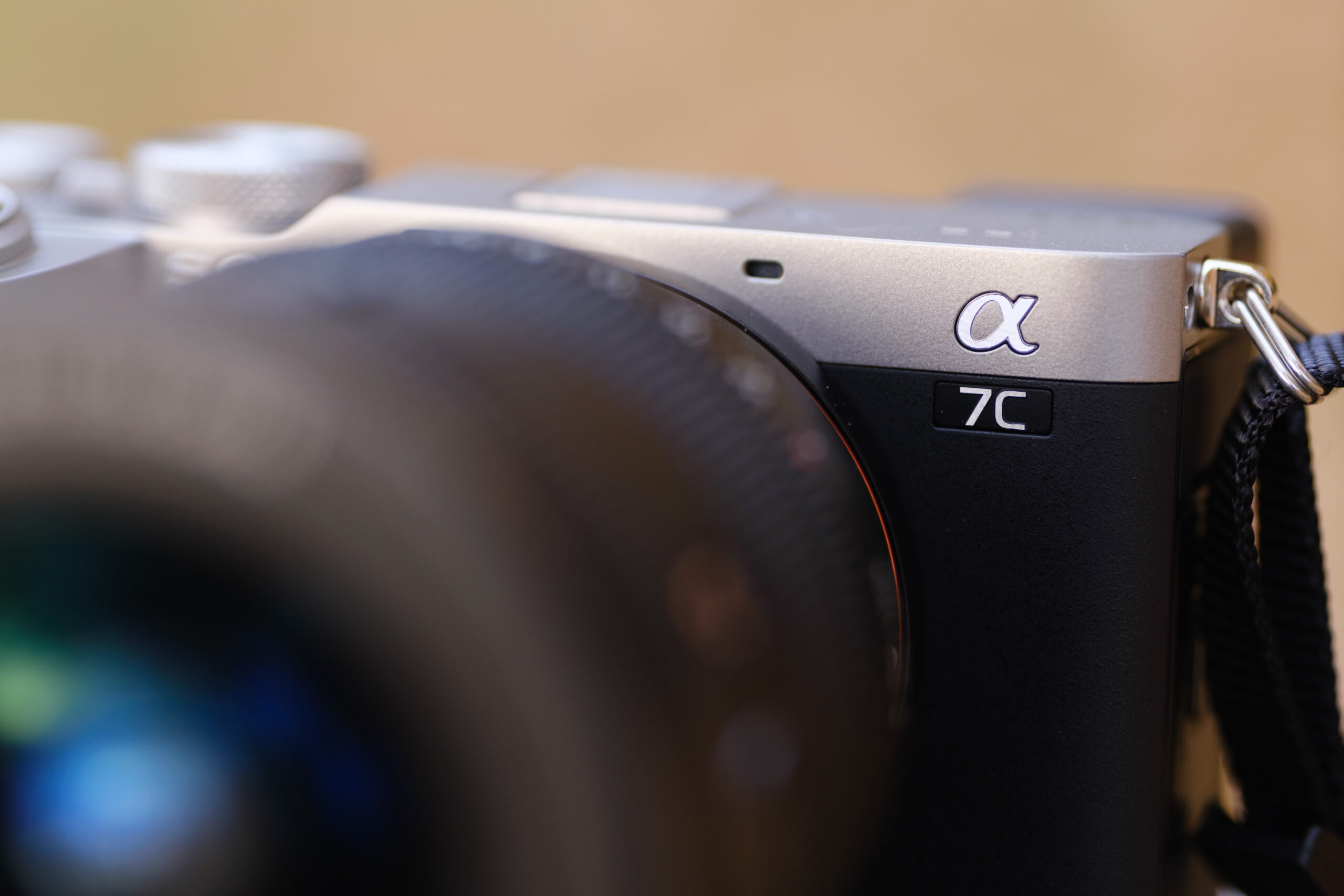The rangefinder-style Sony a7c II is one of the brand’s more affordable full-frame cameras. Yet, the second generation overhauls several major features from the first, including both the sensor and processor. It even gives the camera a separate processor for artificial intelligence functions like eye detection. The second generation fixes many of the complaints about the first, including the menu, grip, and autofocus.
But while the Sony a7c II is a big jump from its predecessor, it still has a few quirks that mark it as an entry-level model. Beginners and hobbyists on a budget may not mind the lack of an AF joystick, the missing second card slot, or the slower flash sync speed. But advanced photographers eyeing the camera for its rangefinder-style design and silver color option likely will have a few complaints.
Table of Contents
The Big Picture
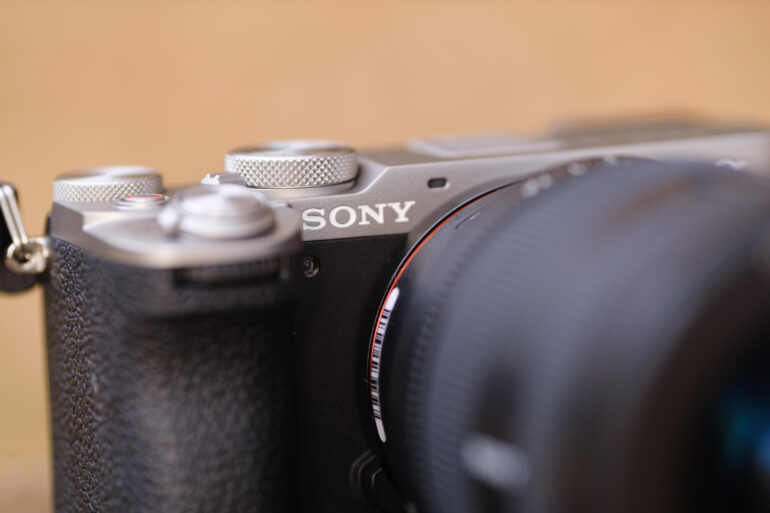
Any entry-level camera is bound to make a few sacrifices. But, sitting pretty at $2,200 for the body, the Sony a7c II delivers images that don’t look like they were shot on an entry-level camera. The image quality and ease of use are high points with this camera, as well as the rangefinder design and weather-sealing. And while the a7c II doesn’t deliver the near-perfect hit rate of Sony’s priciest sports models, it’s a pretty versatile camera to go from stationary portraits to action.
Of course, there are a few sacrifices to get to that price point — and they’re significant enough to keep some photographers from falling in love with the camera. The lack of an autofocus joystick annoys photographers accustomed to such controls. And it lacks the dual SD cards that allow for in-camera backups. The 1/160 flash sync speed and mediocre eye detection in low light may have some photographers reaching for a previous generation a7 instead to get a little more for the price.
Many beginners and content creators will really like the Sony a7c II for its solid image quality and straightforward features, while more advanced photographers will be left wanting a bit more. I’m giving the Sony a7c II four out of five stars.
Want one? Check it out at Amazon.
Pros
- The body is lightweight, but fairly durable
- Lots of control wheels
- The touchscreen menu is a nice improvement
- Beginner-friendly design
- Excellent stabilization
- Great balance between detailed images and low noise
- Decent autofocus speed for the price point
- Animal and human eye detection is pretty fast
- Affordable price point
Cons
- 1/160 flash sync speed and maximum 1/8000 shutter speed
- No AF joystick
- Single SD card slot
- Low light causes some subject detection struggles
Gear Used
I tested the Sony a7C II with the Sony 16-35mm f2.8 GM II. Both the camera and lens were a short-term loan provided by Sony and LensRentals.
Innovations
The second generation a7C II is far from insignificant. The Sony a7c II houses both a new processor and sensor, upping the resolution to 33 megapixels from 24.2. One of the more unique features is that the camera has a separate processor for all the AI functions, which increases the speed of features like eye detection. Stabilization jumps from 5.5 stops to seven while artificial intelligence helps boost the autofocus system. The menu has been overhauled and is touch-friendly, while the viewfinder is also a bit nicer.
Ergonomics
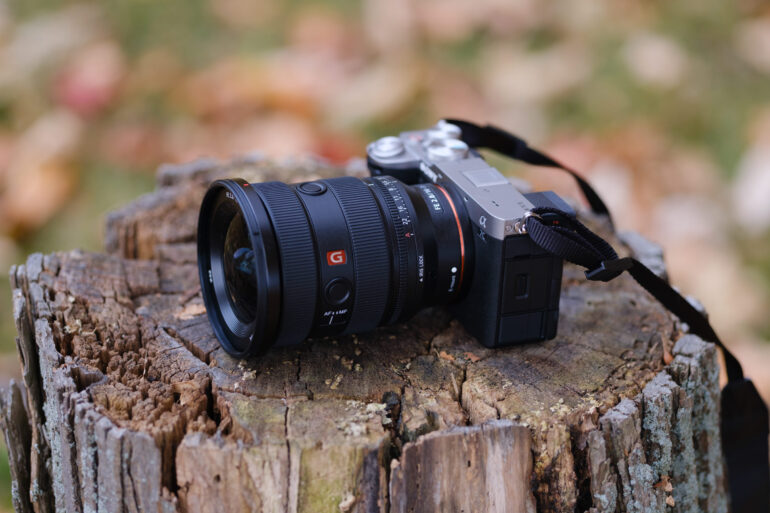
The Sony a7c II uses a rangefinder design with the viewfinder in the left corner of the camera rather than the center. That decreases the camera’s size a bit, making the a7C II feel nearly like one of Sony’s APS-C options. It weighs just over a pound and measures 4.9 inches on the longest side. Despite the rangefinder-style design, the body still has a reasonably good-sized grip to it, more prominent than rangefinder-style options from Fujifilm.
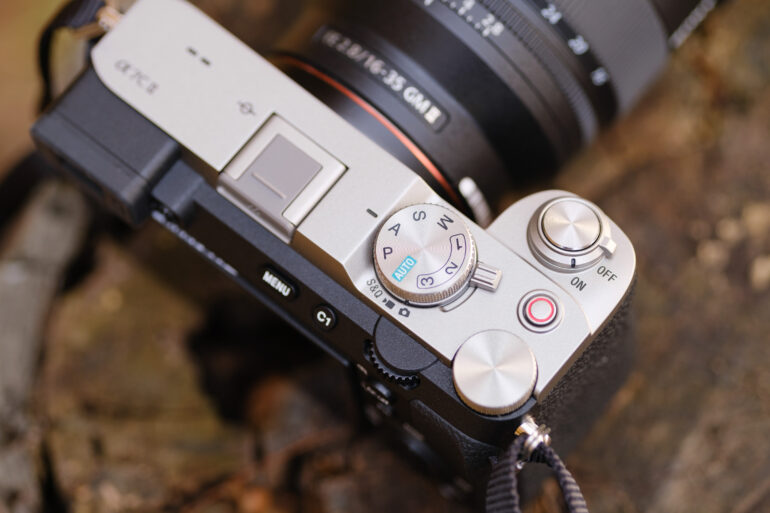
While the colors and viewfinder placement are classically inspired, the dials, buttons, and knobs feel more like the typical modern Sony. At the top, there’s an on-off switch, shutter release, record button, and mode dial. There’s also a switch for stills, video, and S&Q (time lapses and slow-mo). While budget-friendly models sometimes have fewer control dials, the a7C II has three: one at the front of the grip, one at the back, and one at the top back. Technically, even the menu arrows doubles as another dial.
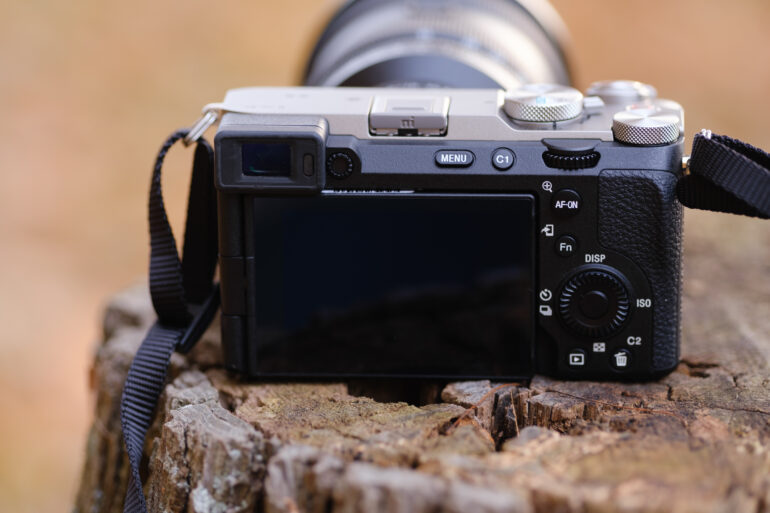
While the Sony a7C II houses plenty of dials, the camera lacks a joystick. The autofocus point is instead moved using the menu arrows or the touchscreen. The back also houses menu and playback buttons as well as two customizable buttons.
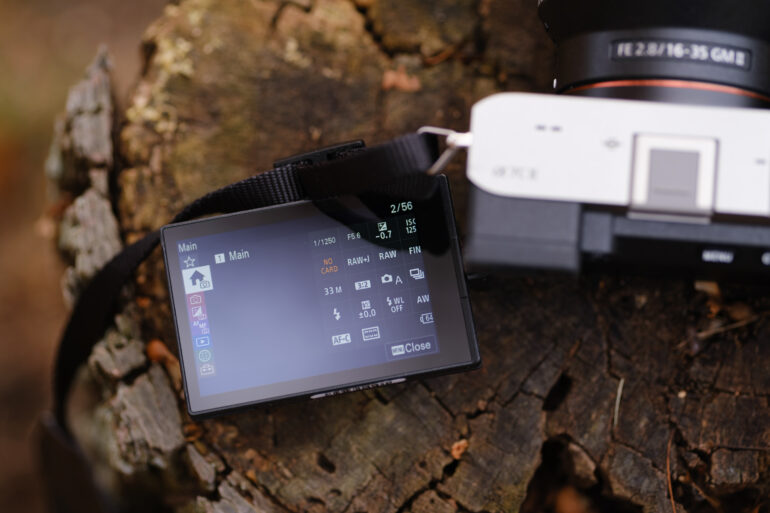
The front of the camera has no controls at all outside of the button to release the lens.
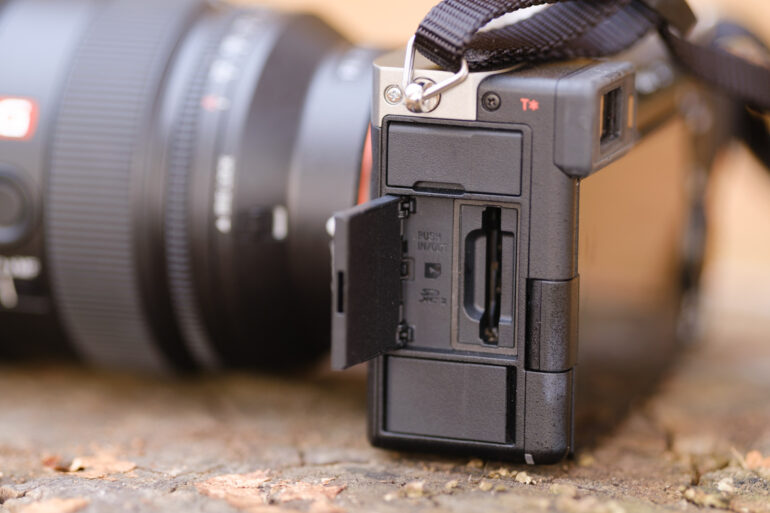
The Sony a7C II only has a single card slot. It’s on the opposite side of the camera from the grip, along with USB-C, headphone, and micro-HDMI ports.
Build Quality
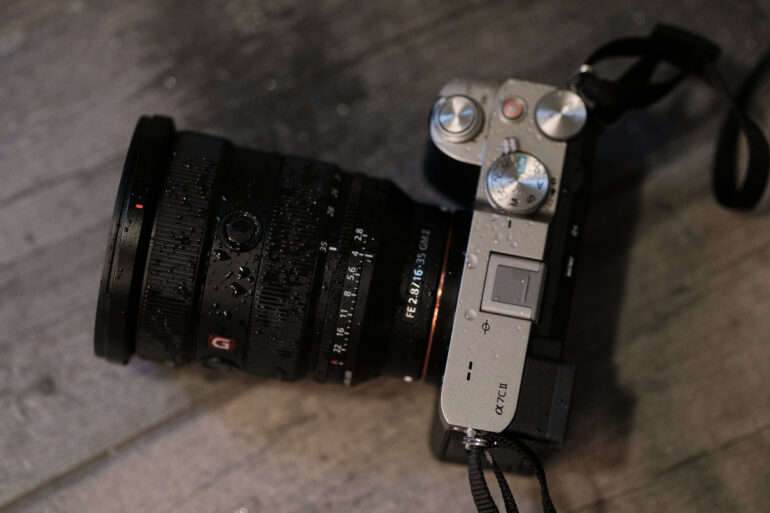
The Sony a7c II is an entry-level full frame. But the top plate still uses magnesium alloy and feels pretty nice. The grip has a nice texture to it, but oddly, that doesn’t continue around the rest of the body, so the front plate feels a little more plasticky. For a more budget-friendly camera, though, it feels pretty good.
The camera is weather-sealed. I shot in some light rain and also gave the camera a splash from the sink. The camera continued to function normally, though it should have the hot shoe cover in place in inclement weather. I did not spot any dust or debris inside the camera sensor or lens at the end of my testing.
Focusing
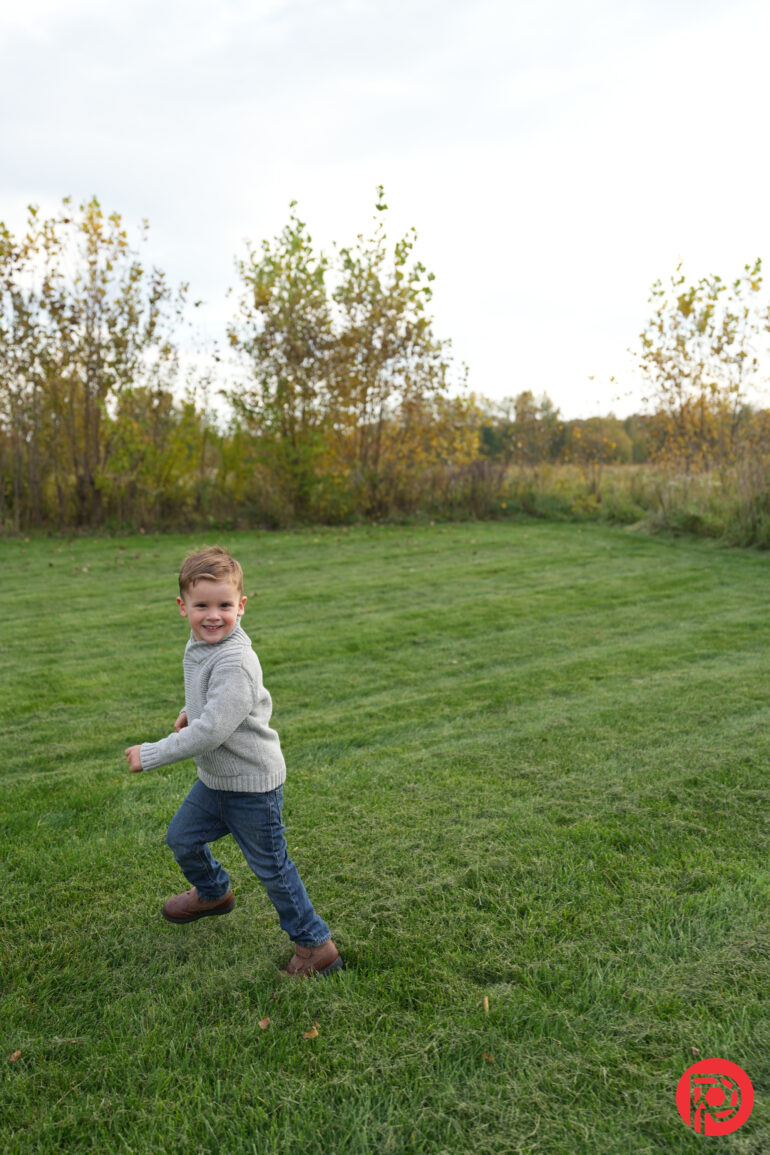
As Sony’s more budget-friendly full-frame body, the Sony a7c II isn’t the most impressive in the line-up, but it’s more in danger of being average than of being terrible. Overall, the camera’s autofocus speed is fast enough for lifestyle, candid, and even some fast-paced sports. But, the focus sometimes struggles to find faces in limited light, and at sports isn’t going to match Sony’s flagship models.
Face and eye detection on the Sony a7c II is mediocre. The system works find for portraits in good lighting and will even lock on to profile views when the lighting is good. In dim light, however, the camera doesn’t always recognize a face in profile view. Once you tap on a face on the screen, you’ll also have to remember to manually cancel with the center button at the back to revert back to searching the entire frame for faces.
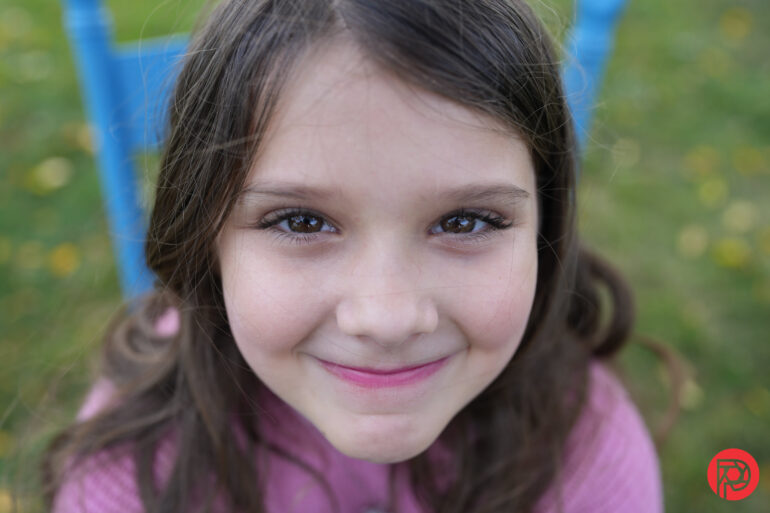
In low light, the autofocus speed is decent, though there will be some occasional misses. The bigger problem in limited lighting is that the subject detection modes have a much higher fail rate. Picking out the face at dusk or under streetlights is more challenging for the camera.
For fast action, the Sony a7C II and the 16-35mm f2.8 GM II lens were able to keep up with a decent hit rate photographing lifestyle portraits of active kids. Tasked with photographing a dog running straight at the camera, the camera missed a few shots but still managed to keep a majority of shots sharp. This was using animal eye AF, as with only zone focusing, the camera instead had the tail instead of the face in focus.
Budget cameras are never really sports cameras, and the a7C II is no exception. But I think the autofocus system is versatile enough for photographers who dabble in a bit of everything to do okay with this body. There will be more occasional misses than some of the pricier Sony bodies that I’ve tested. But line the a7C II with other bodies that sit right around the $2,000 price point, and autofocus shouldn’t rule this body out from the list of options.
Ease of Use
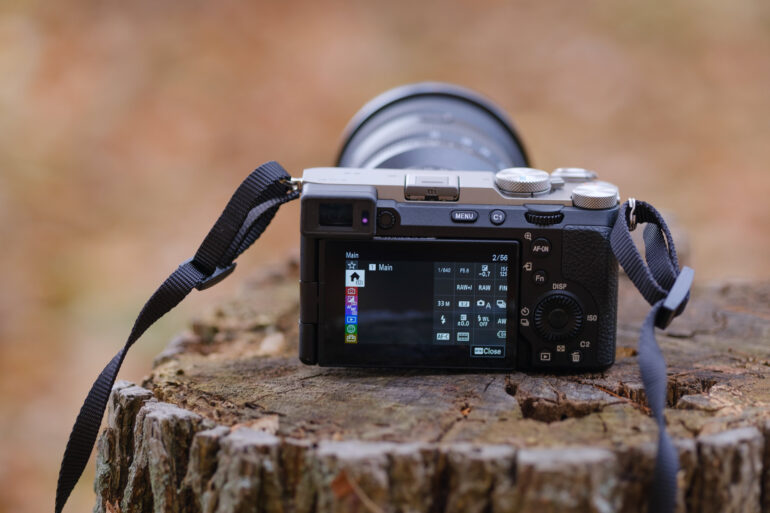
I really loved having three different control dials (plus, on the 16-35mm f2.8 GM II, an aperture ring). Making exposure adjustments in manual mode was quick and simple. The setup is great for working in full manual mode under inconsistent lighting that changes quickly.
While I loved the control dials, I did miss the AF joystick. Moving the single-point focus area using the menu areas isn’t as ergonomic or fast as a joystick. I don’t think new photographers will mind much, but once you’ve started shooting with a joystick, it’s hard to go back.
Sony has been making some nice improvements to the menu system over recent years, and the a7C II has really improved in this area. The first page of the menu is a quick page that shows the most vital settings that can be changed with a tap on the touchscreen. The remainder of the settings are well-organized in colorful tabs.
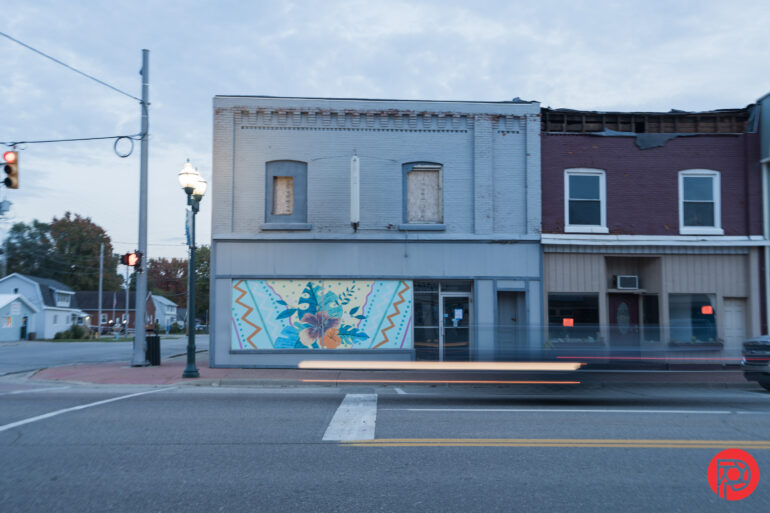
The camera also sees a boosted stabilization system. Pair it with a stabilized wide-angle lens, and it’s even possible to blur some traffic or water movement in a handheld long exposure. Shots around half a second were still consistently sharp, but I could also drop the shutter speed to 2.5 seconds and still get an occasional sharp shot mixed with a few softer ones.
As an entry-level camera, I think the Sony a7C II is suitable for beginners, while there are still enough controls and options for more serious hobbyists. Pros, though, will probably prefer the bodies with the autofocus joystick.
Metering
Using the Sunny 16 rule, the meter measured right where it should. Short of tricky lighting like silhouettes, the meter should serve as a good guide for both new and seasoned photographers.
Image Quality

While the Sony a7c II is one of Sony’s more budget-friendly options in the a7 series, the images line up with everything that I’ve come to expect from Sony. Pair it with a good lens such as a G Master, and you’ll get some technically superb images that are difficult to find fault with. The 33-megapixel full-frame sensor renders some beautiful detail without creating too much noise.
JPEG Quality

With a decent lens on the front, the Sony a7c II captures some excellent detail, as many of Sony’s lenses trend towards the ultra-sharp. The 33-megapixel resolution is plenty of detail without pushing the noise too much or creating storage issues with overly large files. I found the colors from the a7C II to be similar to other Sony bodies. Which is to say that colors are close to accurate, but it’s common to want to warm up the skin tones or edit out a little green.
High ISO Output
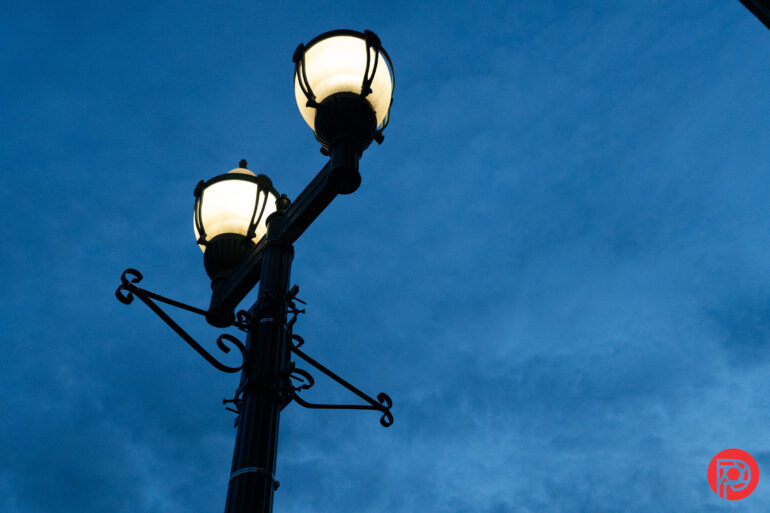
The 33 megapixels on the Sony a7c II is a happy medium that allows for a decent amount of detail without adding high grain. At ISO 6400, images have some noticeable grain to them but are still more than usable.
I printed out an unedited JPEG shot at ISO 12800 as a 13 x 19. Looking up close, there’s a bit of grain to the image, though very little in the way of color noise. At this level, the images don’t seem to be quite as sharp as those taken at lower ISOs. But, when viewed from the typical distance that you would see a print hanging on a wall, neither the subtle noise or the slight softness would be really noticeable.
RAW File Versatility
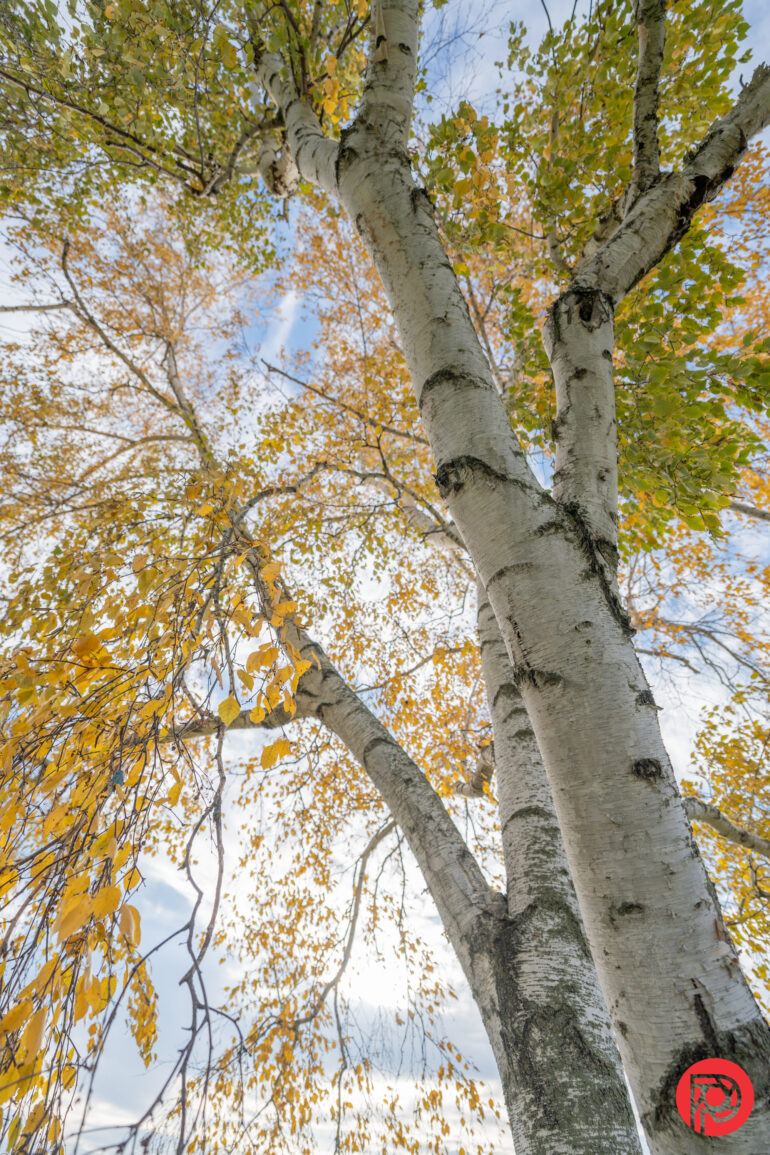
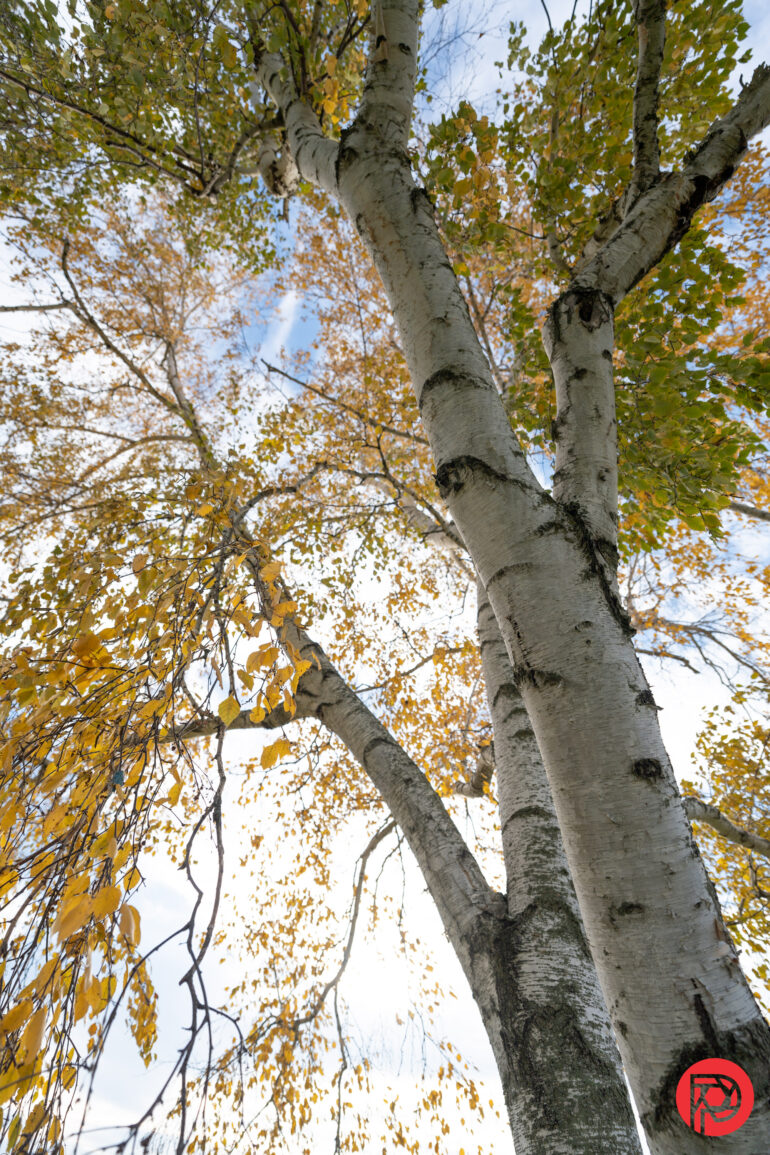
Like any camera, if the sky is overexposed to white, there’s not really much you can do to recover it. But there’s some wiggle room here to bring down the highlights when not overexposed to quite that extreme. The shadows can be brought up pretty easily without creating weird editing artifacts. You’ll get more editing flexibility from the a7c II than with Sony’s crop sensors, for sure.
Extra Image Samples
From day one, The Phoblographer has been huge on transparency with our audience. Nothing from this review is sponsored. Further, lots of folks will post reviews and show lots of editing in the photos. The problem then becomes that anyone and everyone can do the same thing. They’re not showing what the lens can do. So we have a section in our Extra Image Samples area to show edited and unedited photos. From this, you can make a decision for yourself.
Unedited




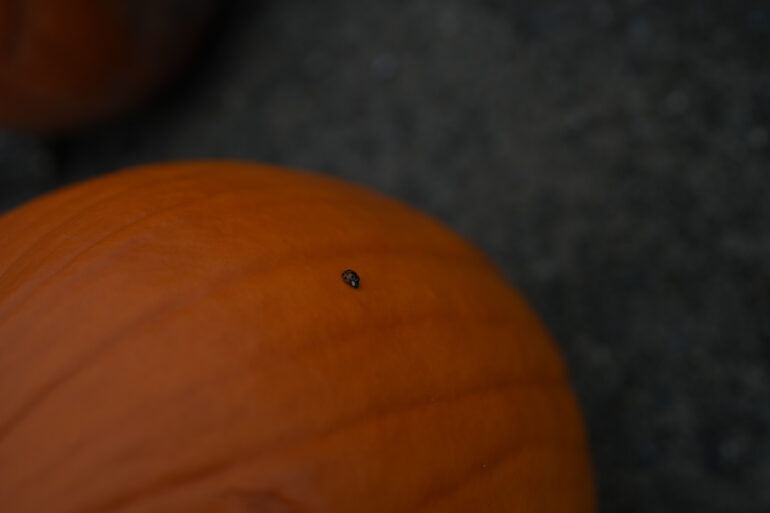
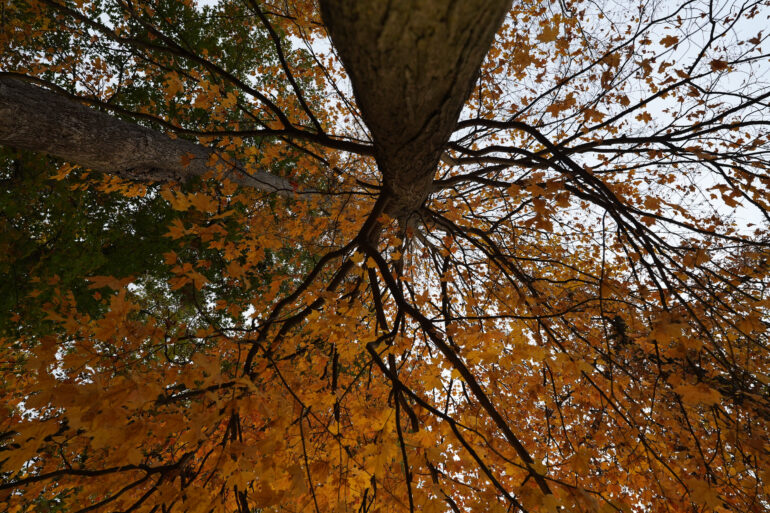
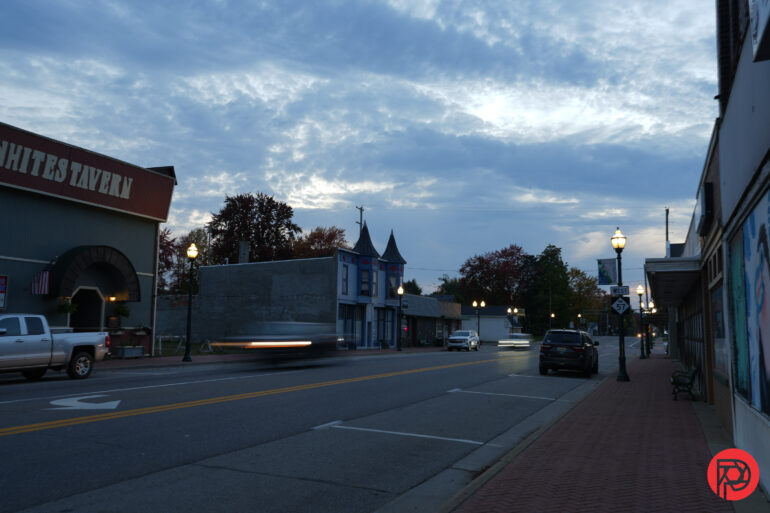
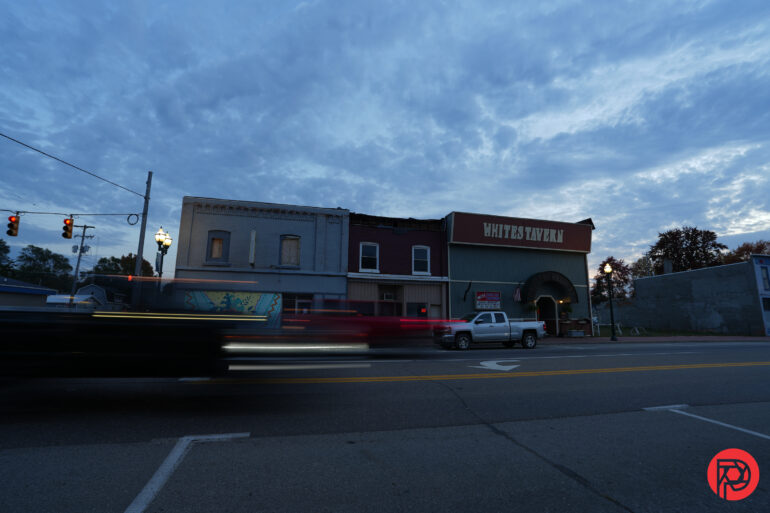

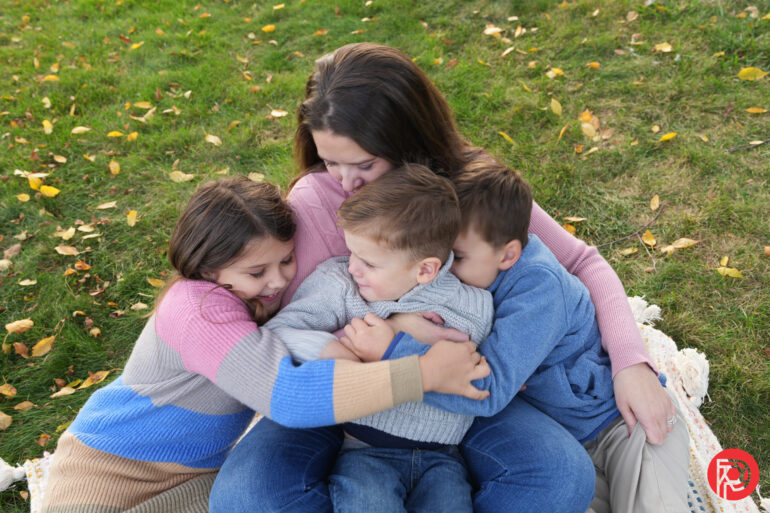
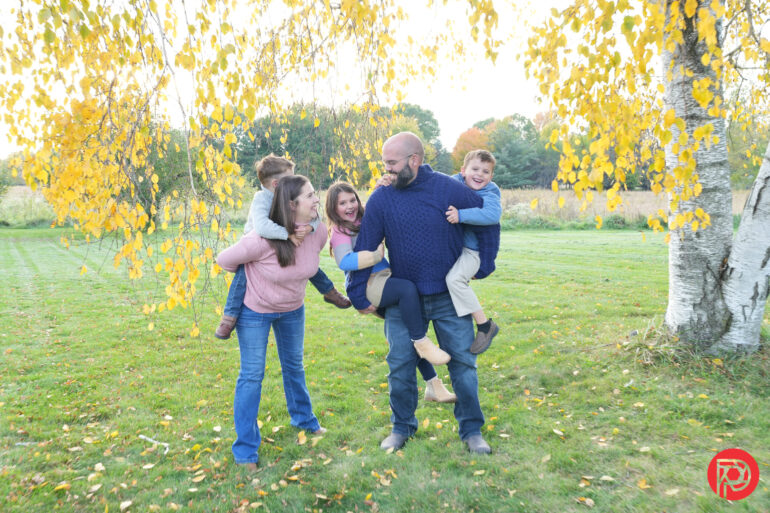
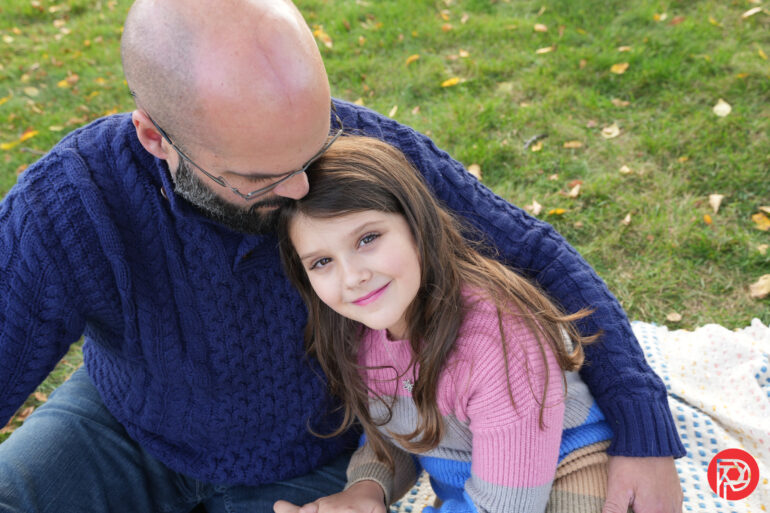
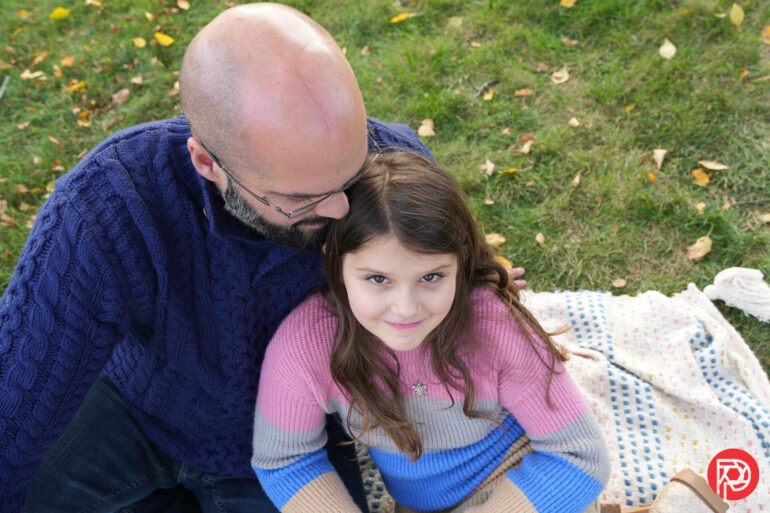
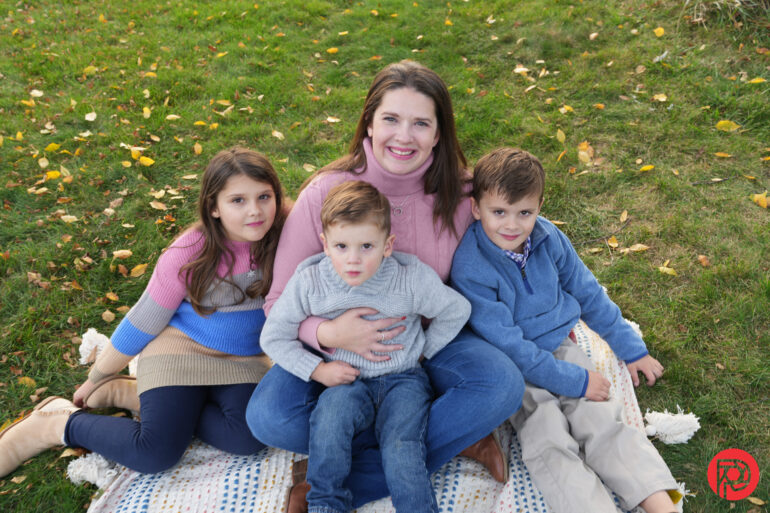

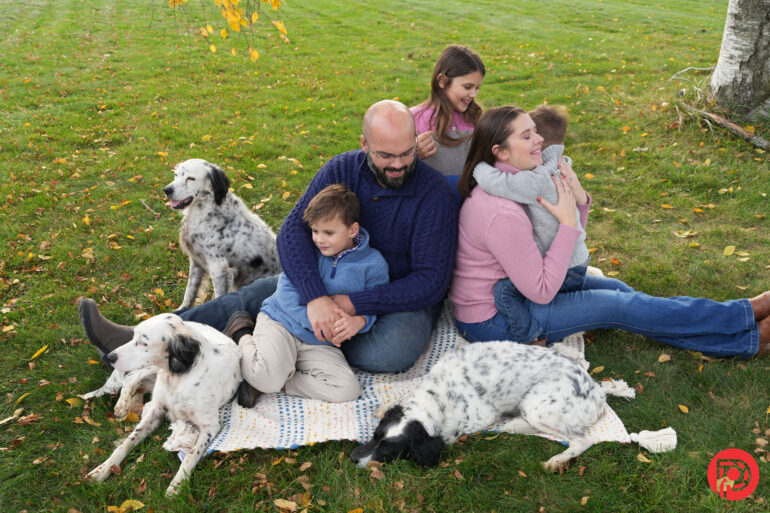
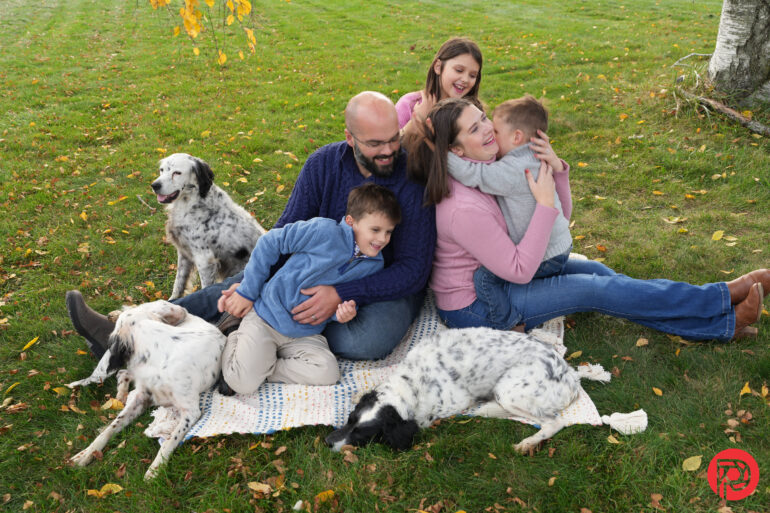
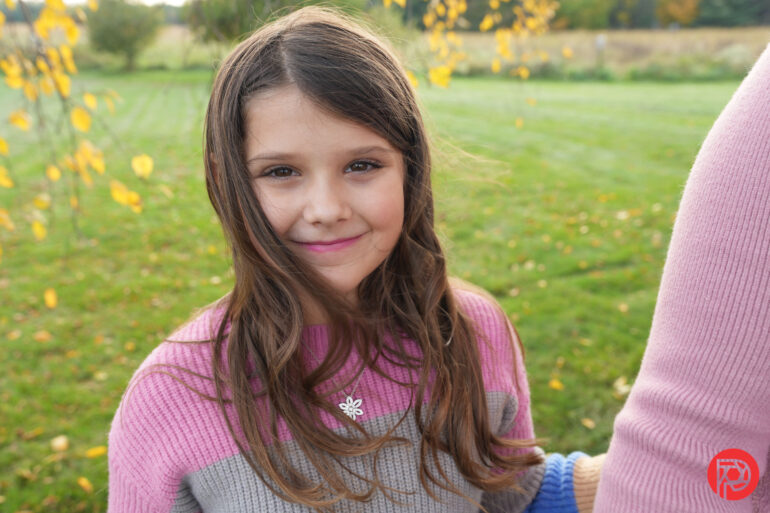
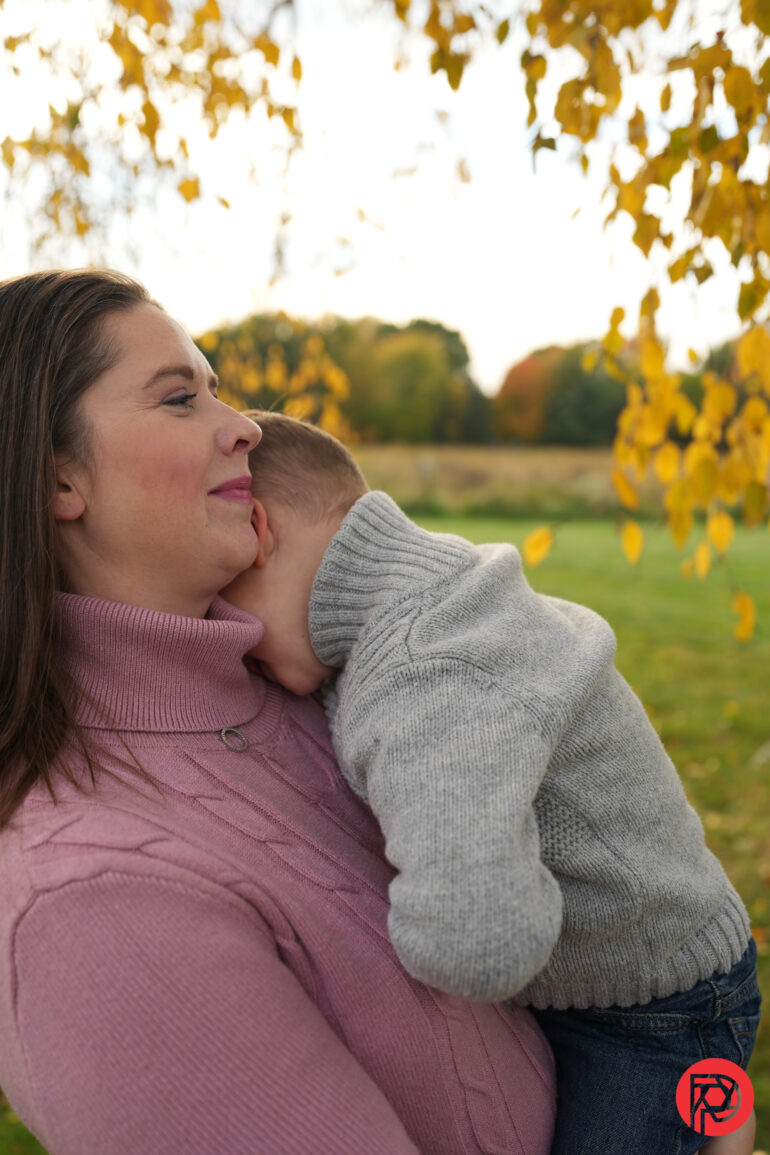
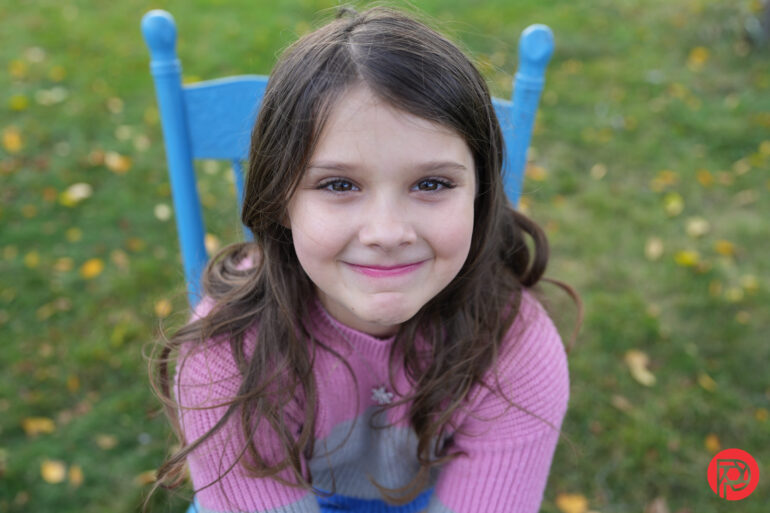
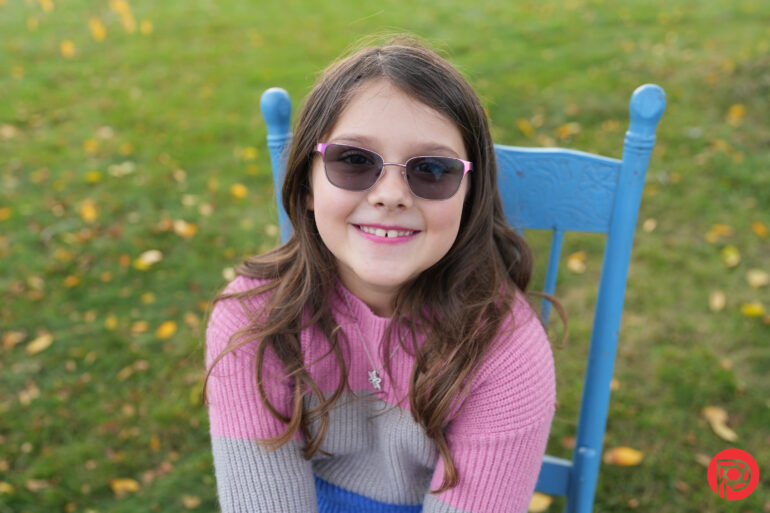
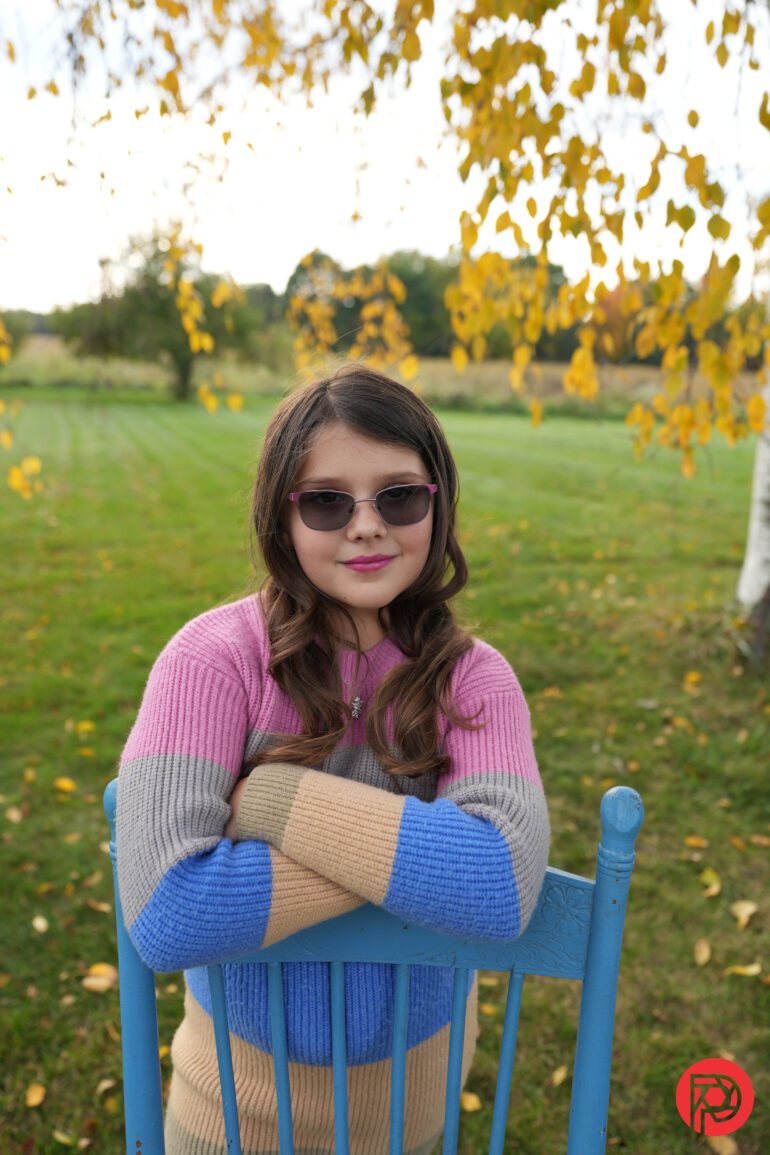
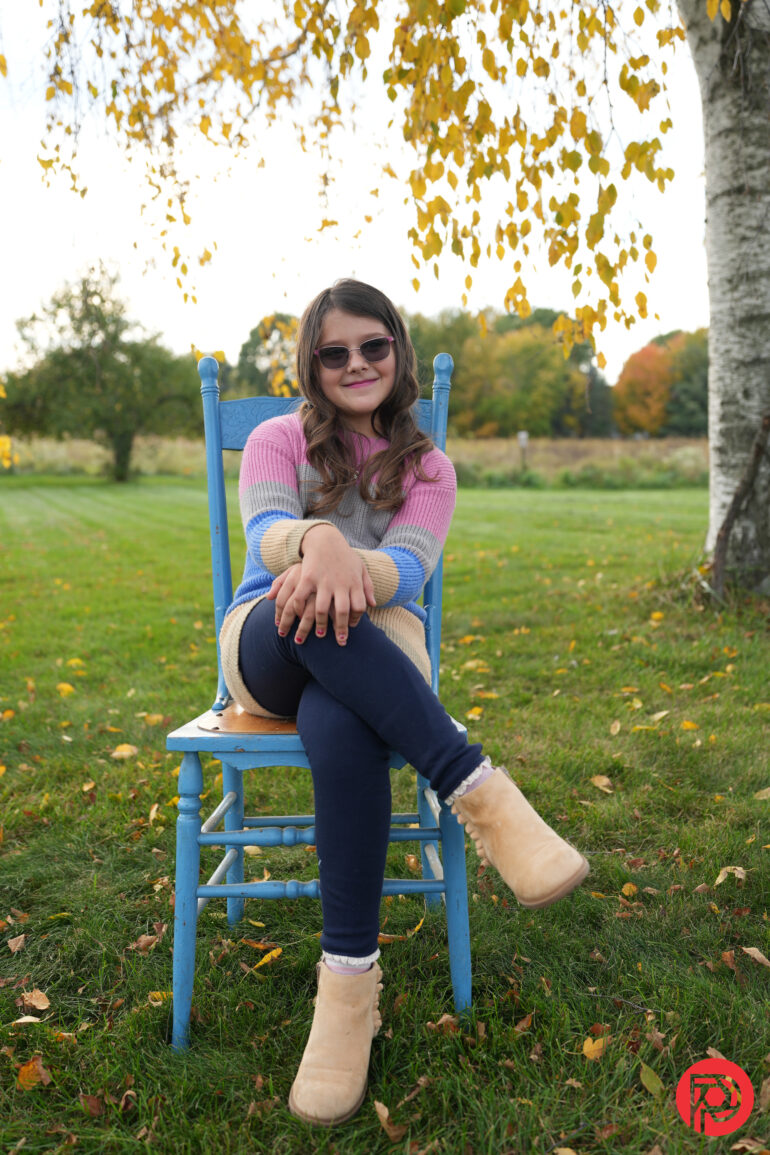

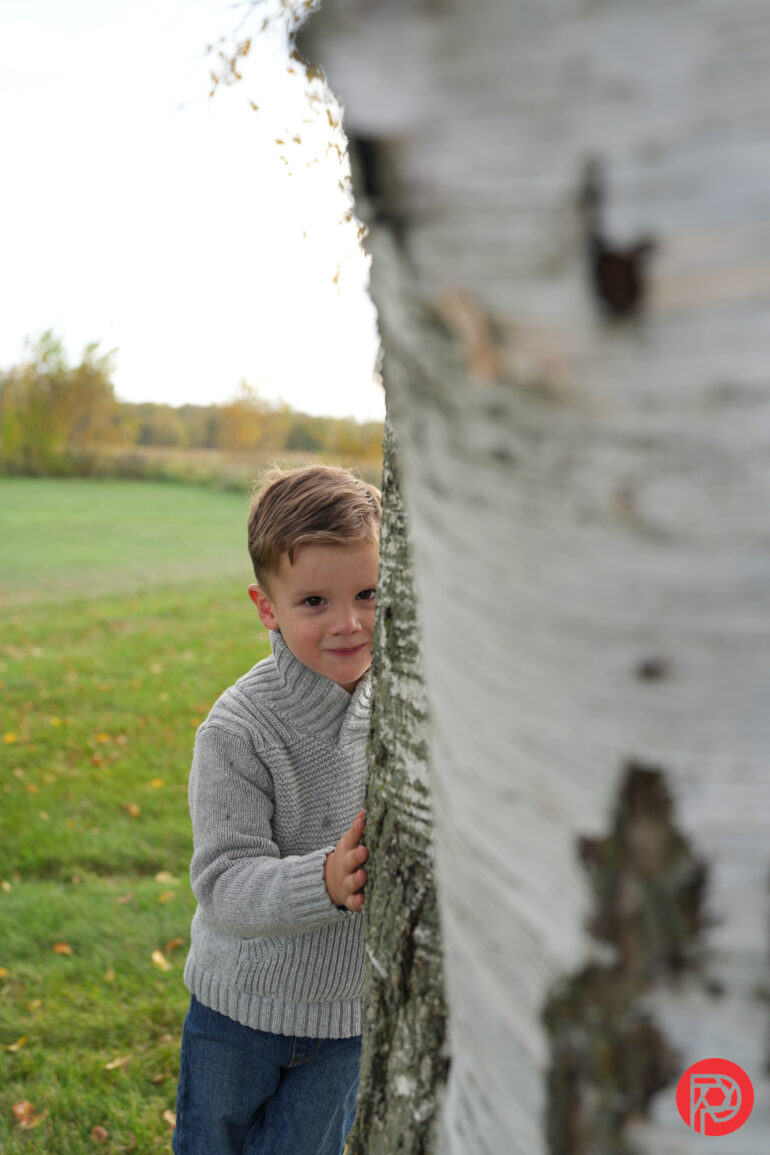
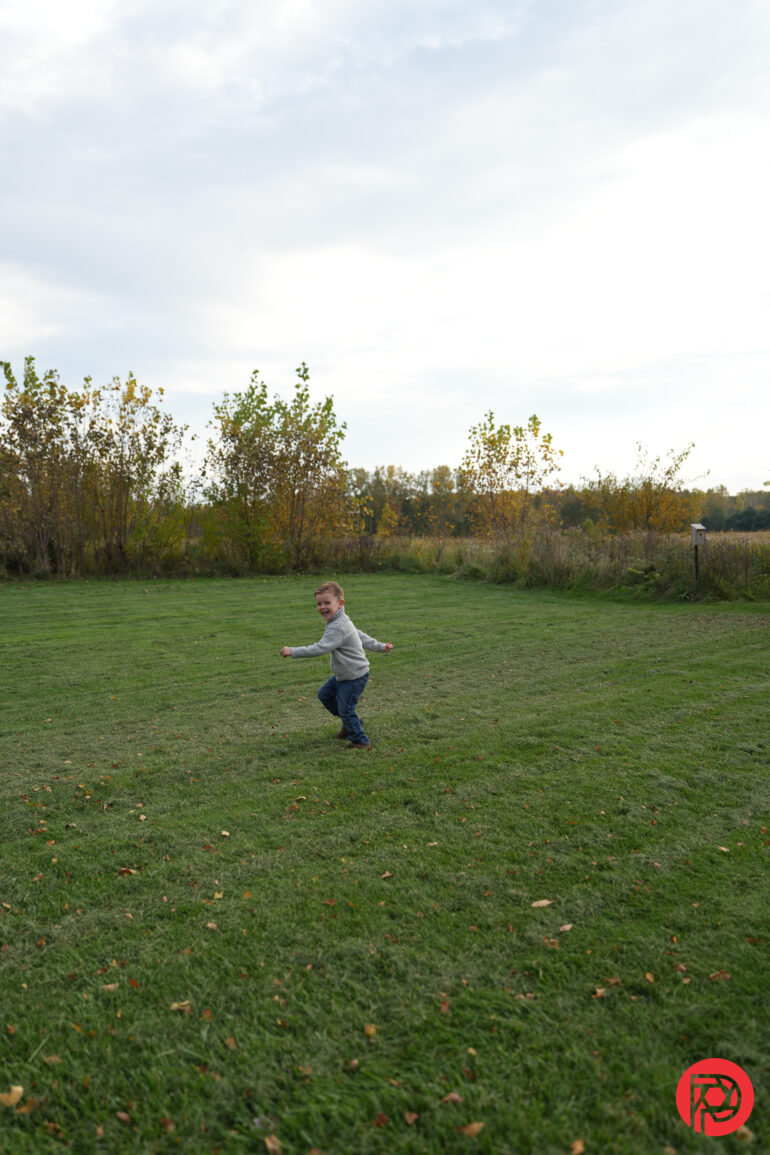
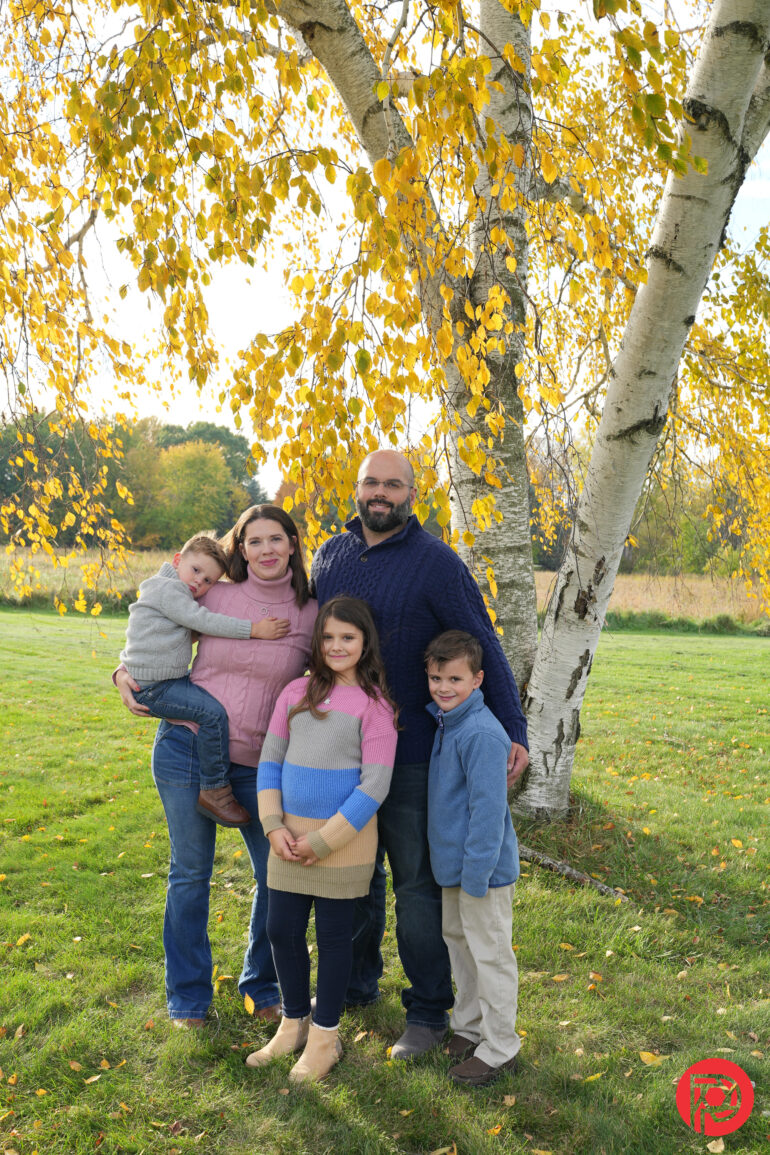

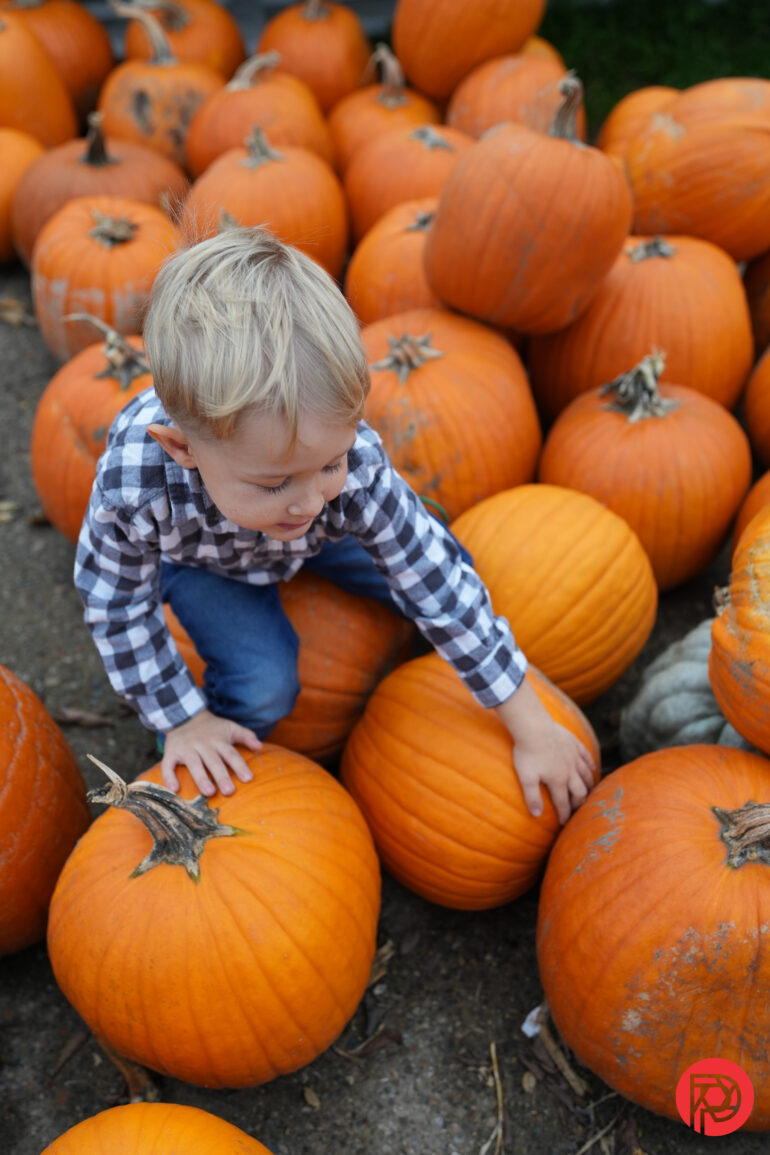
Edited
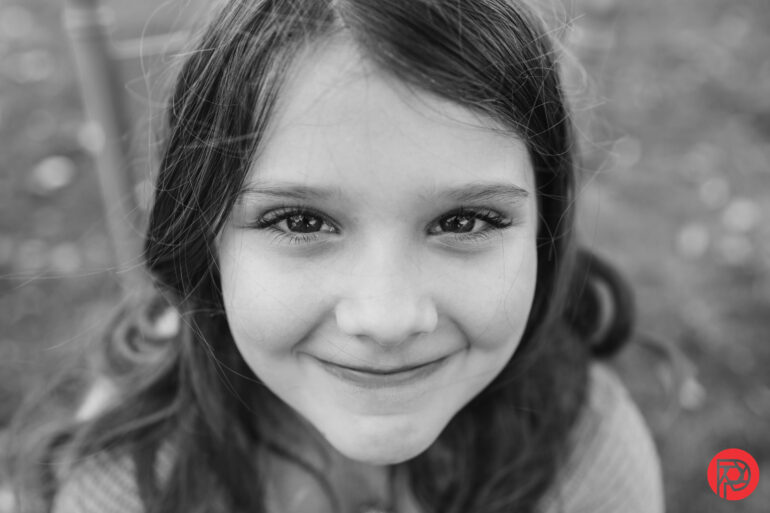



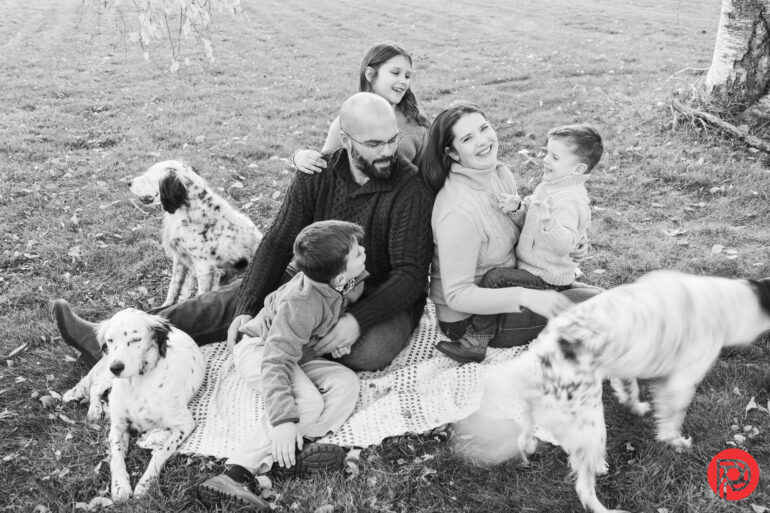
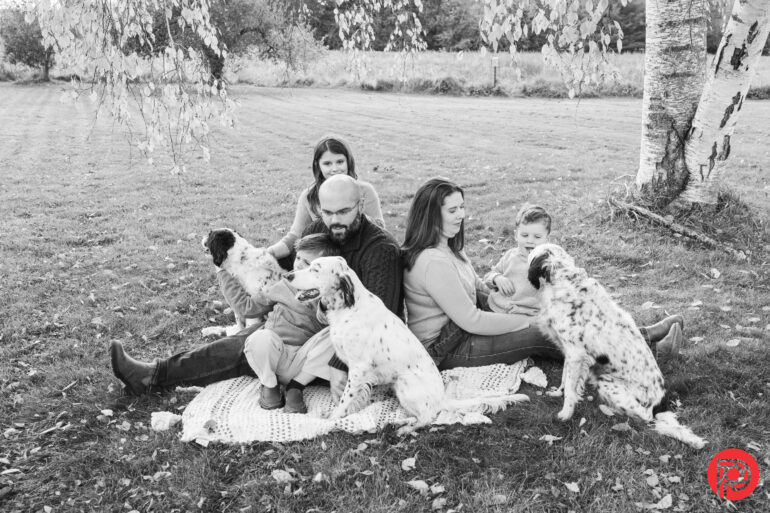
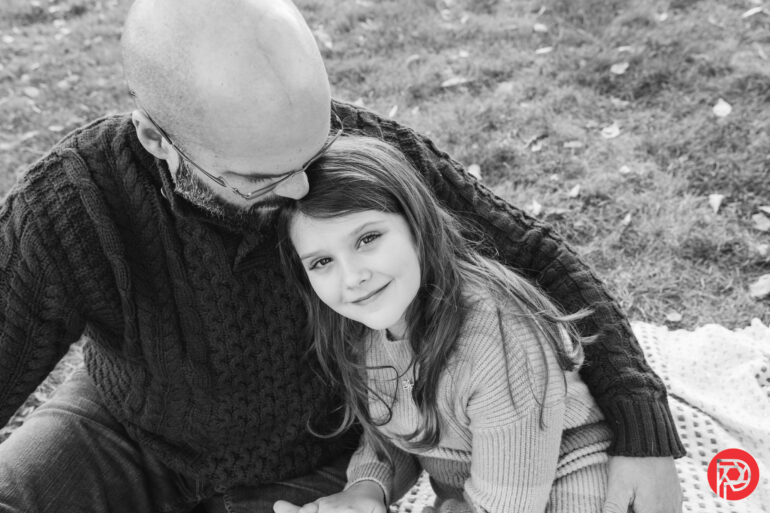
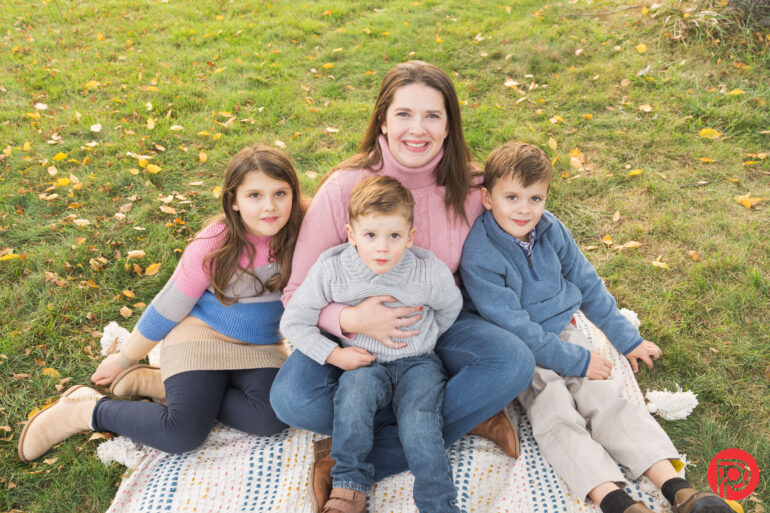
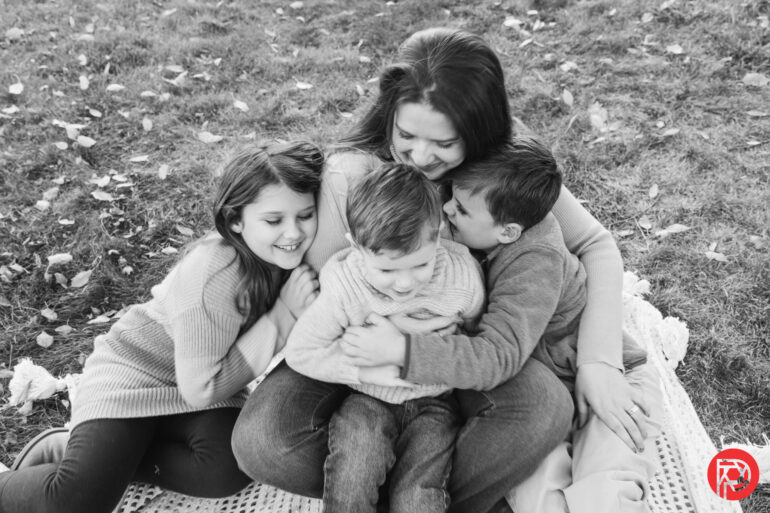
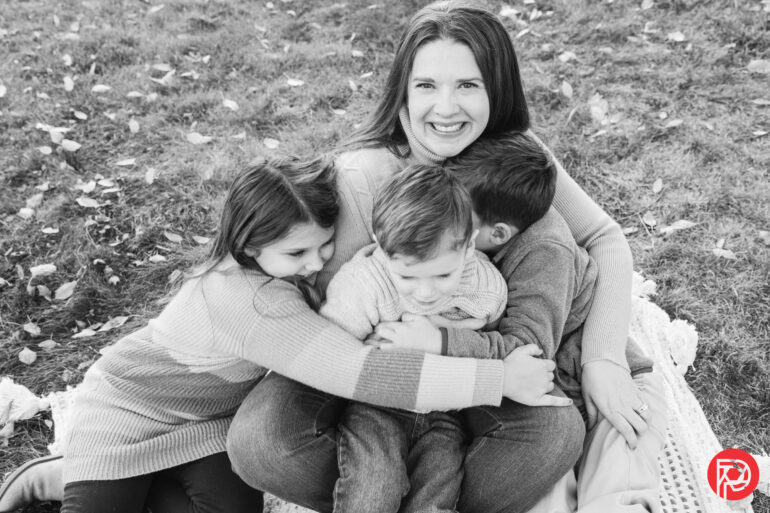

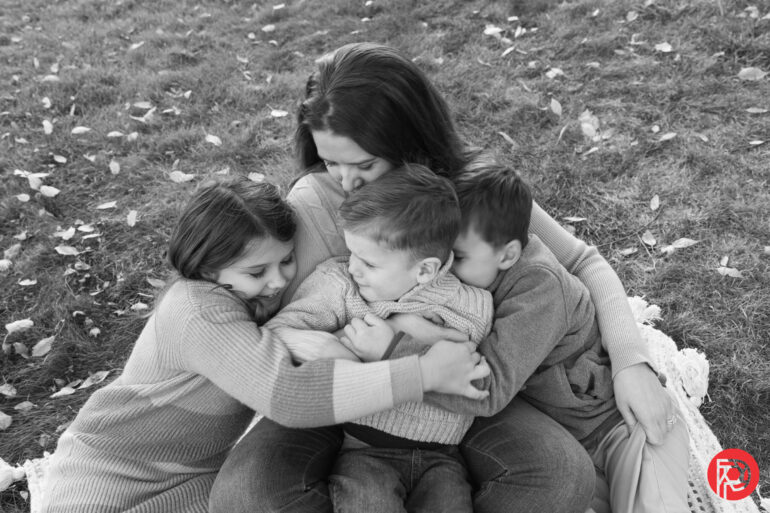
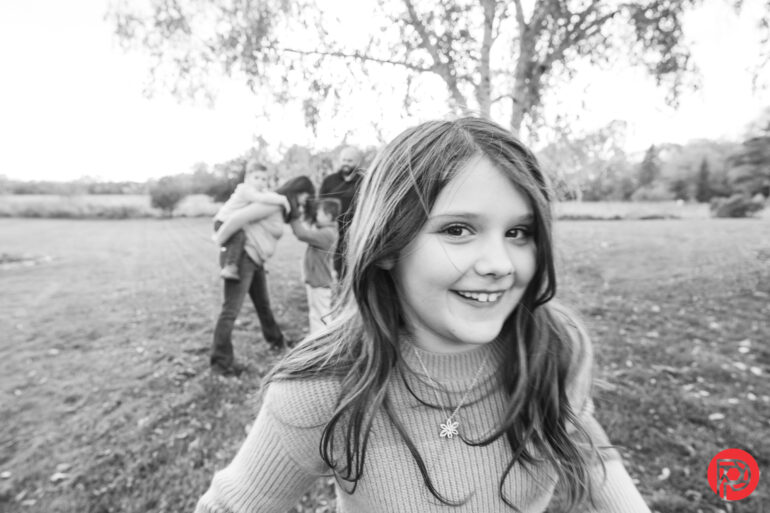
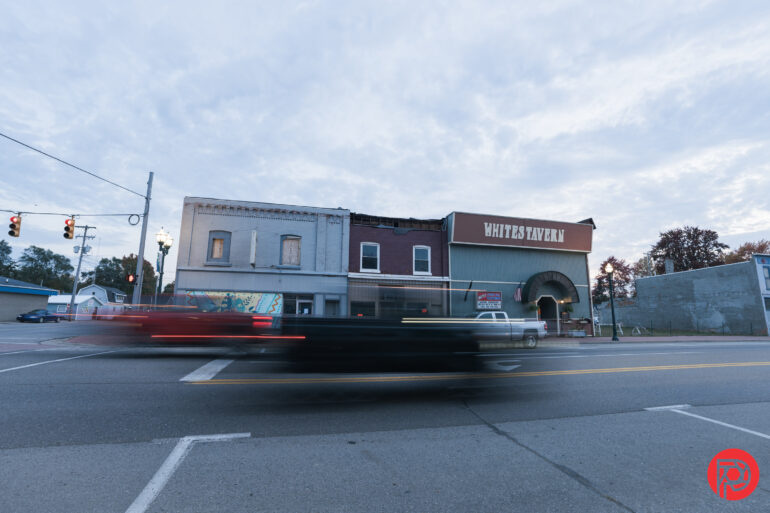

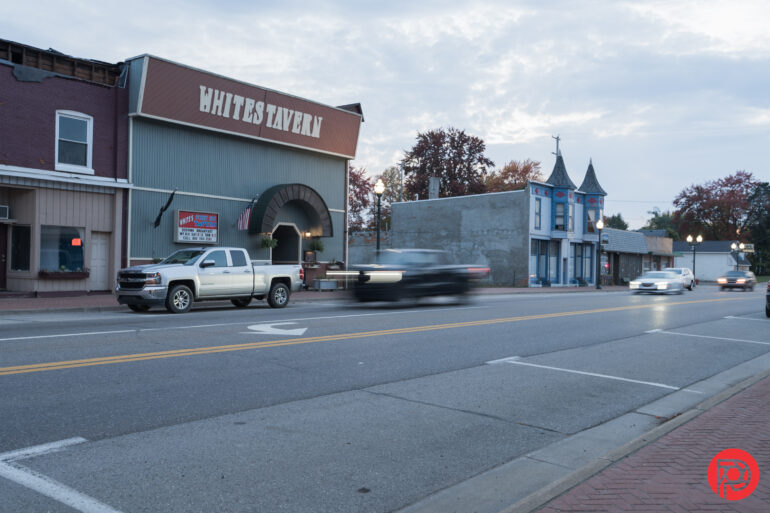
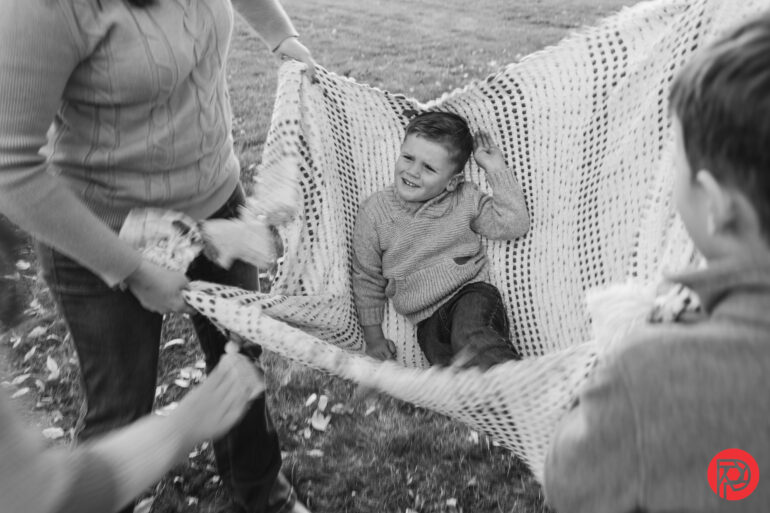
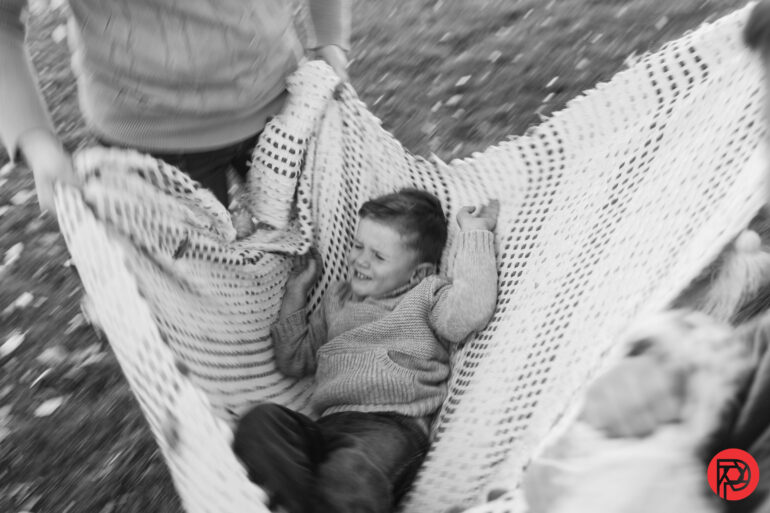
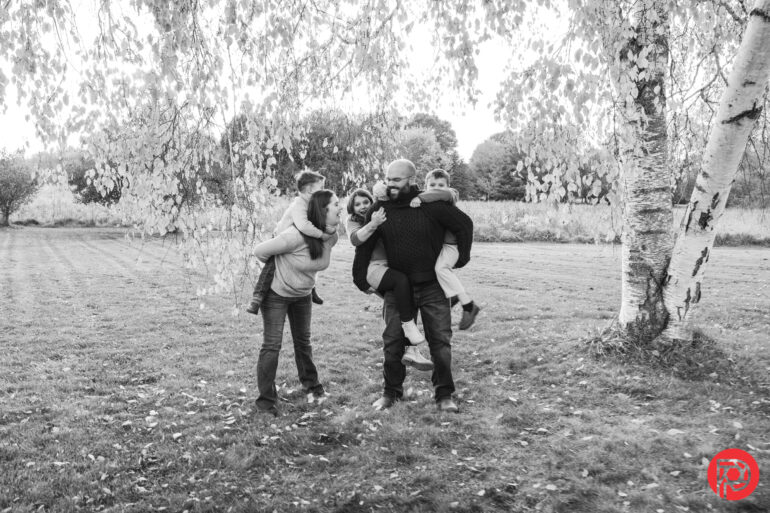
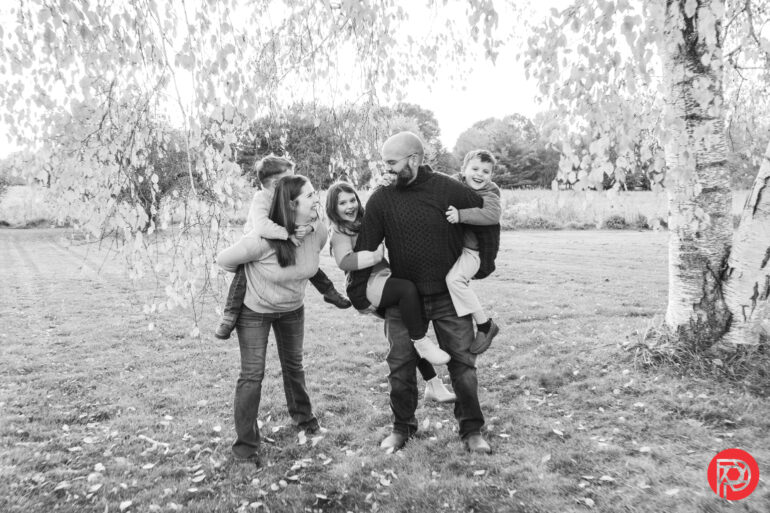
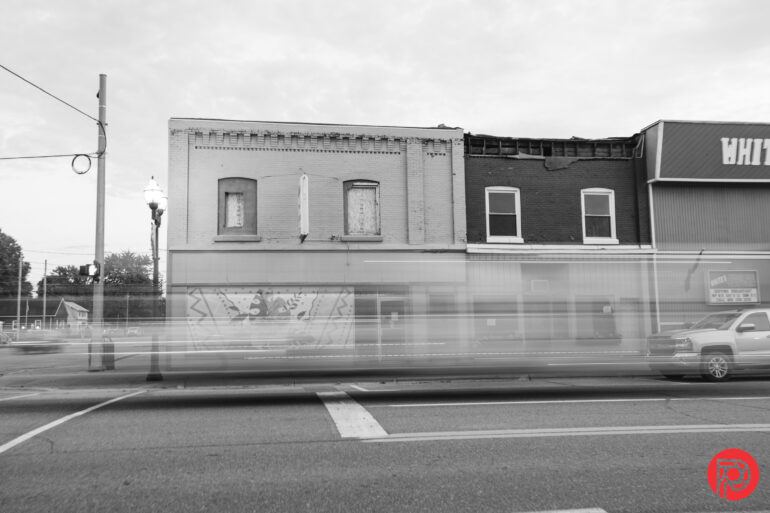
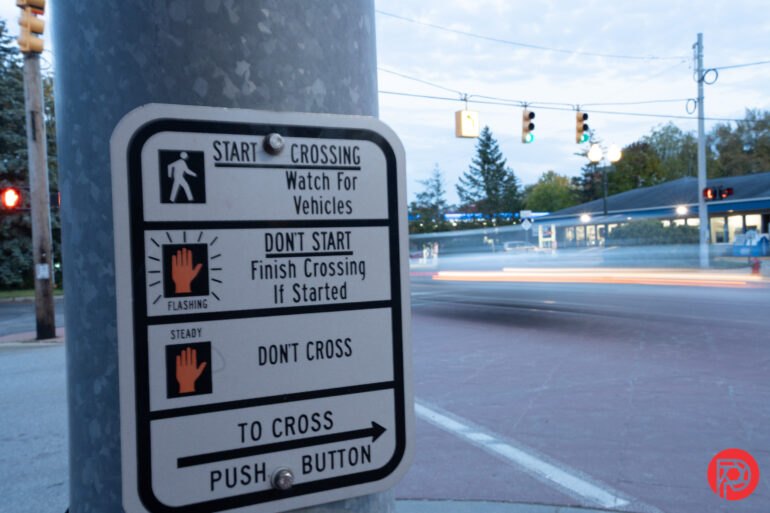
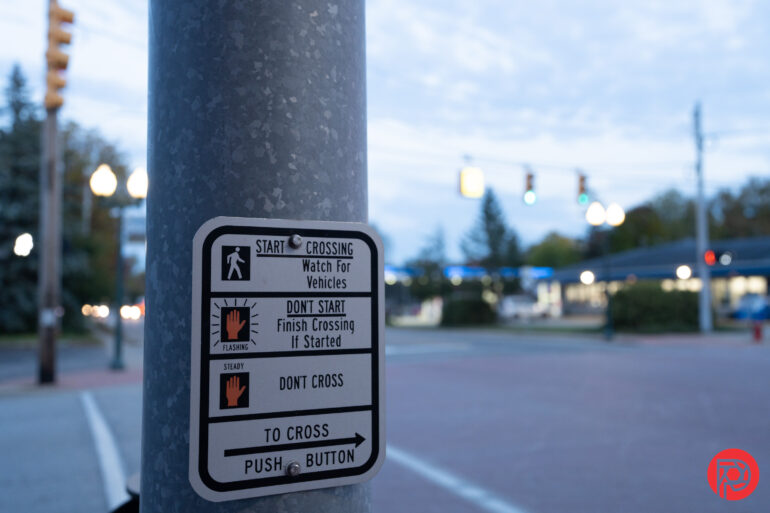
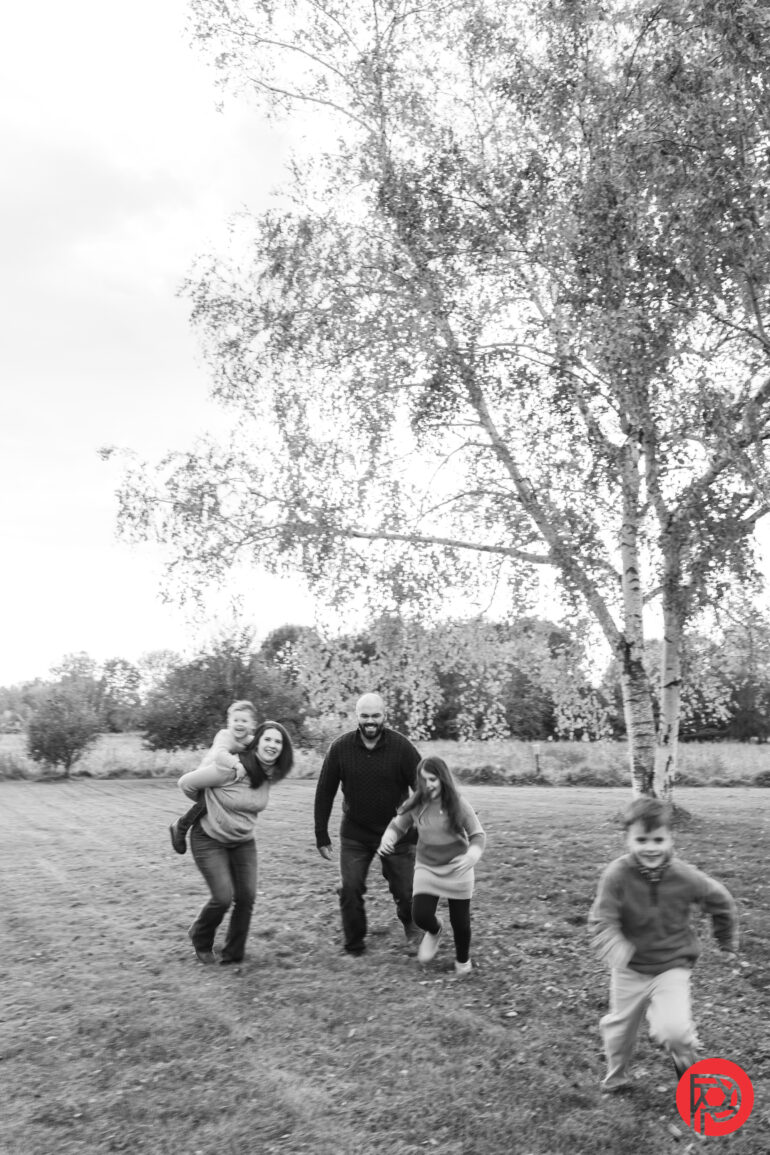
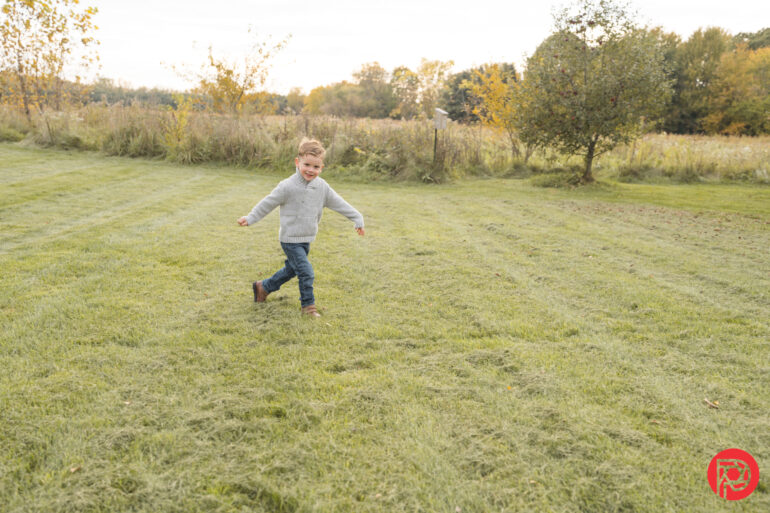
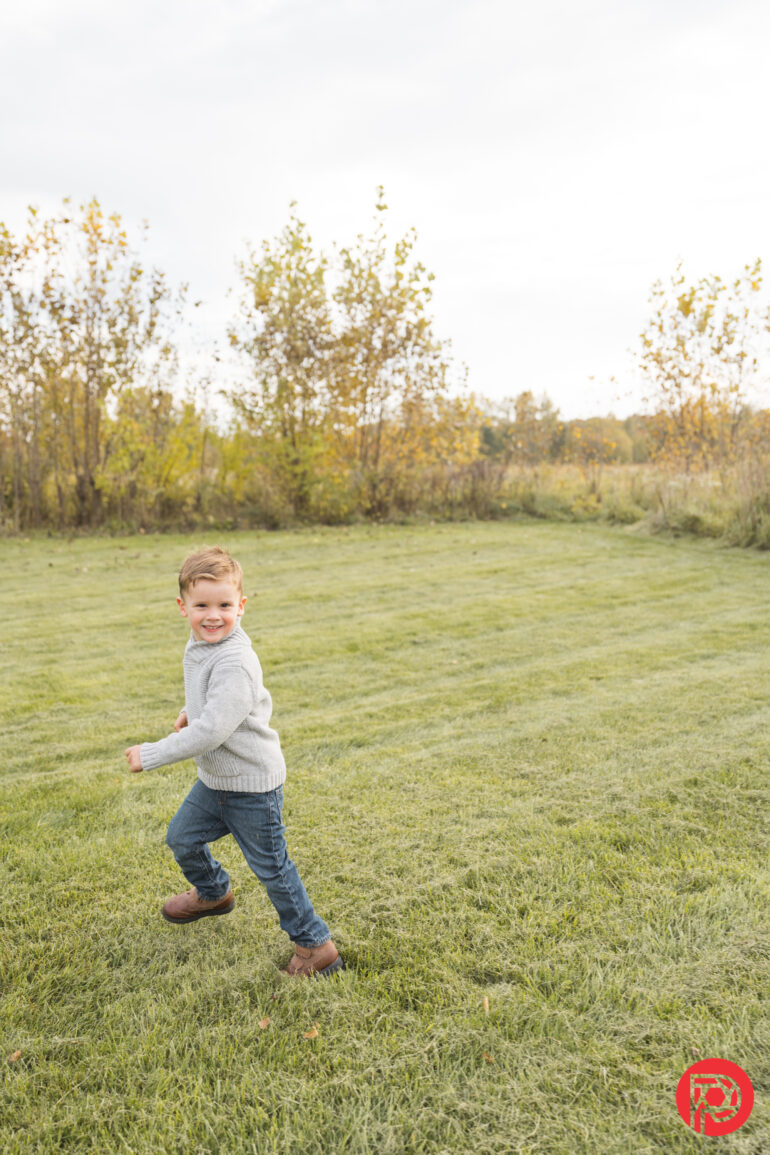
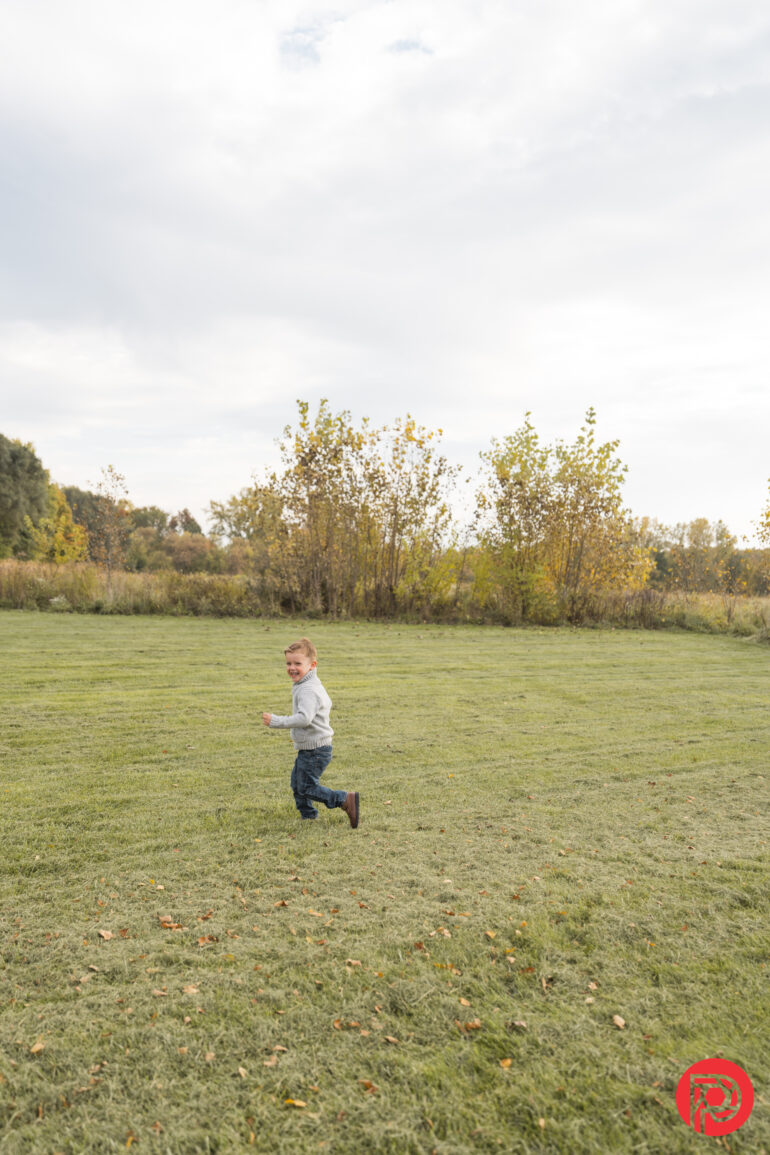
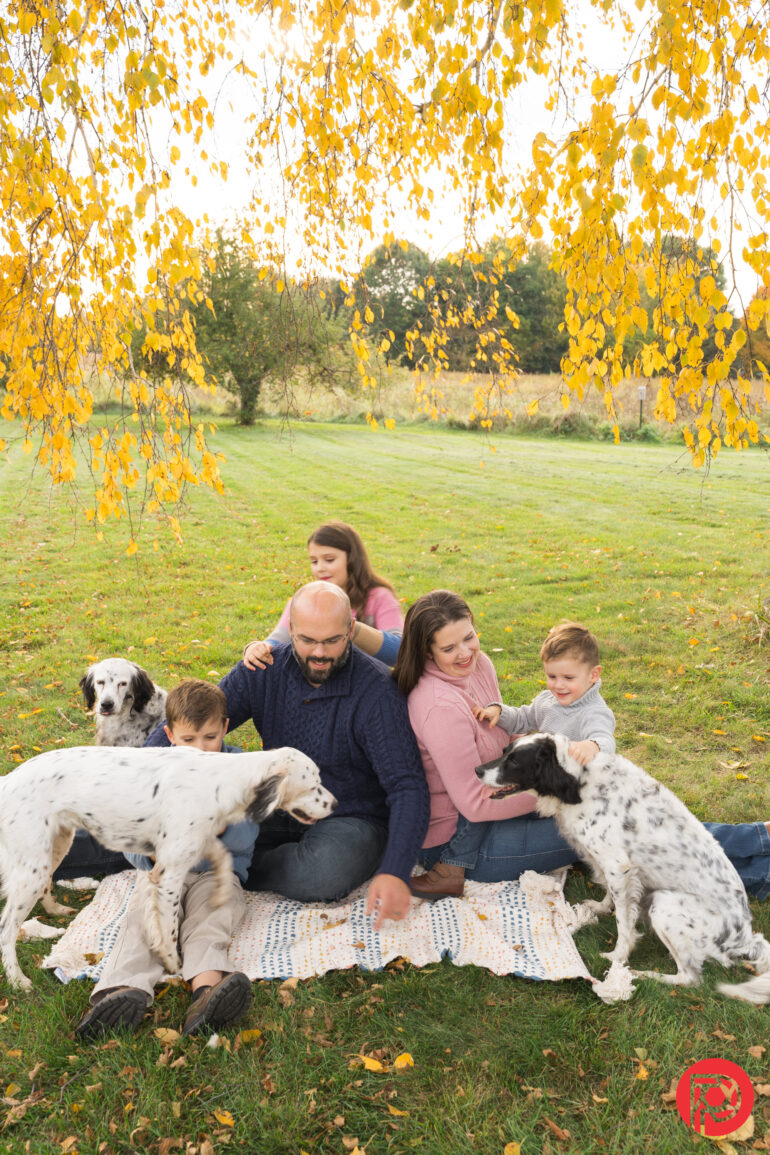
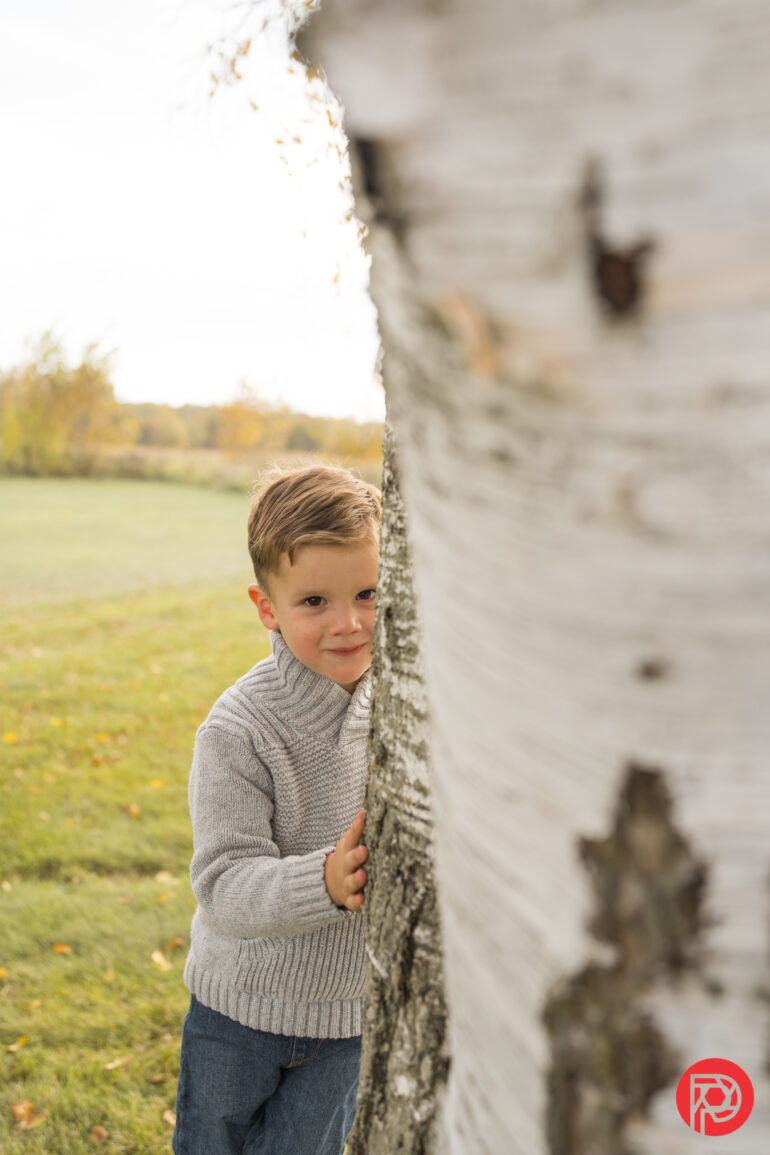
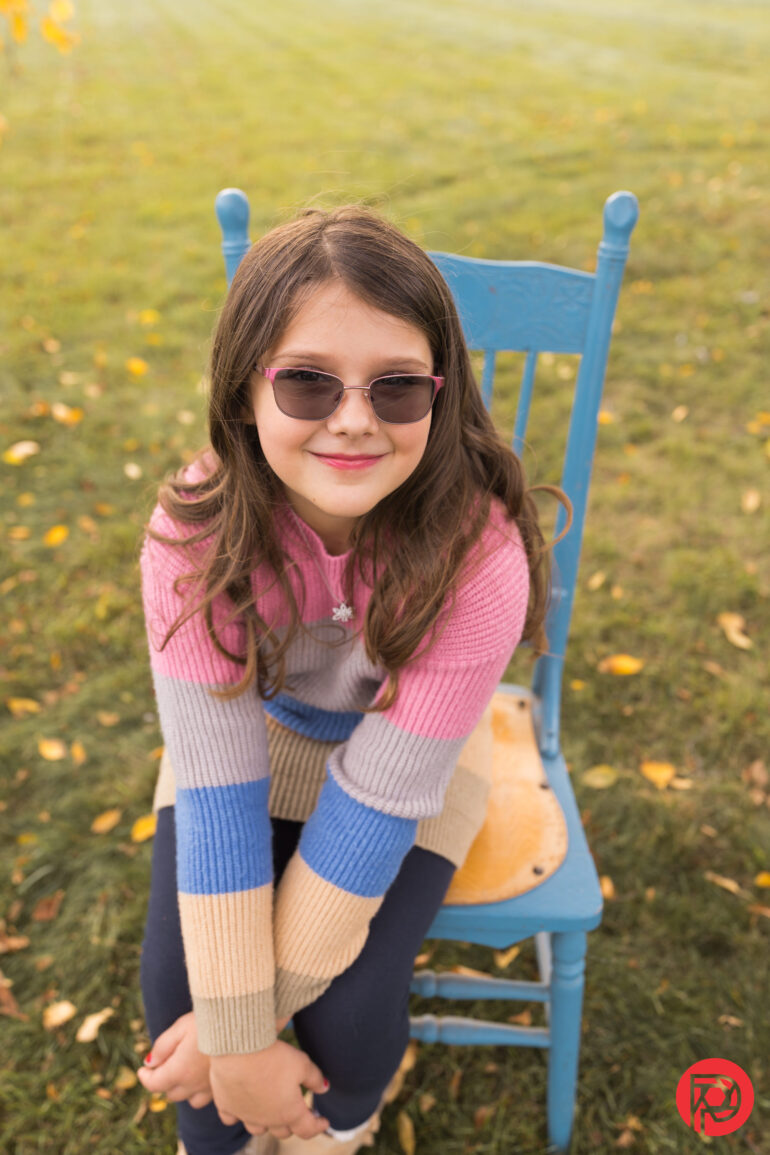
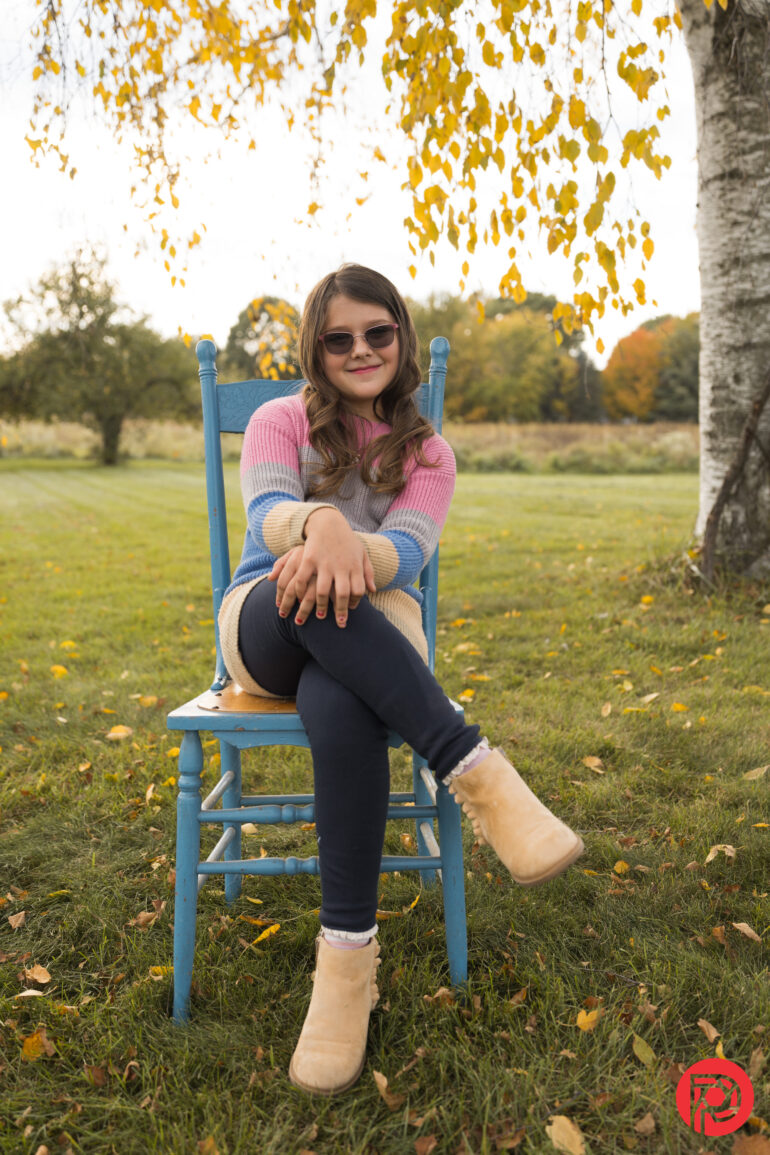
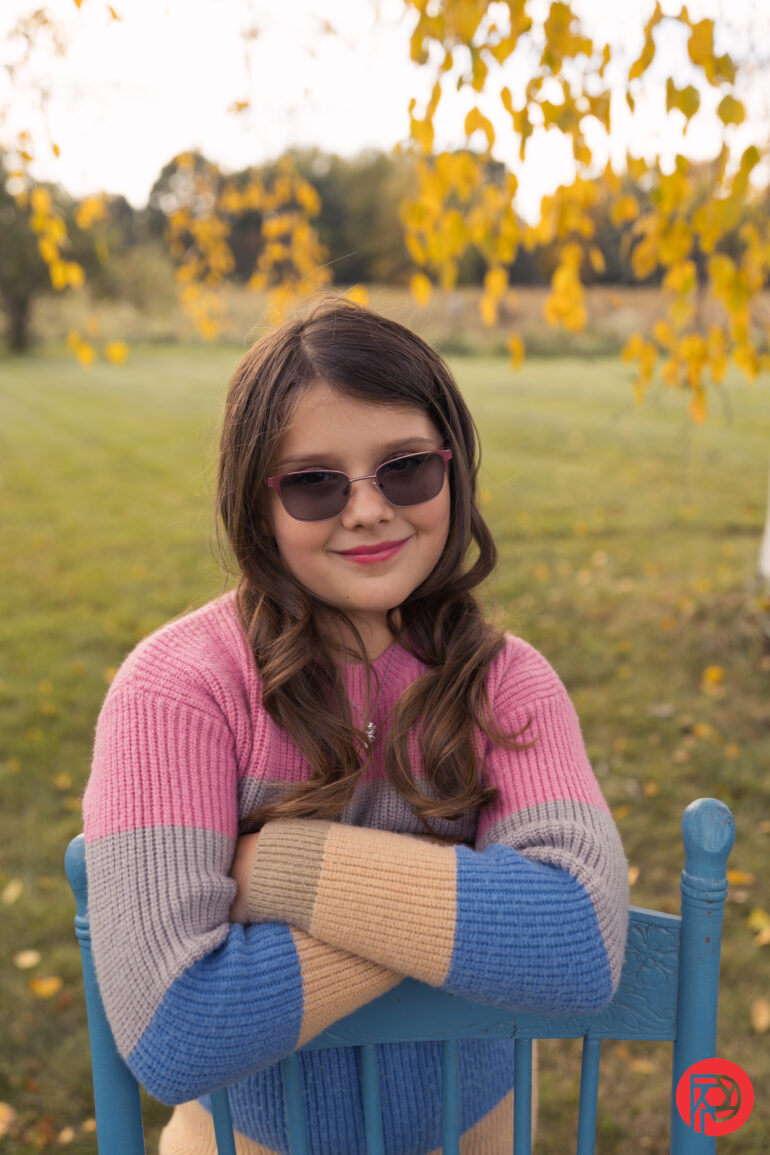
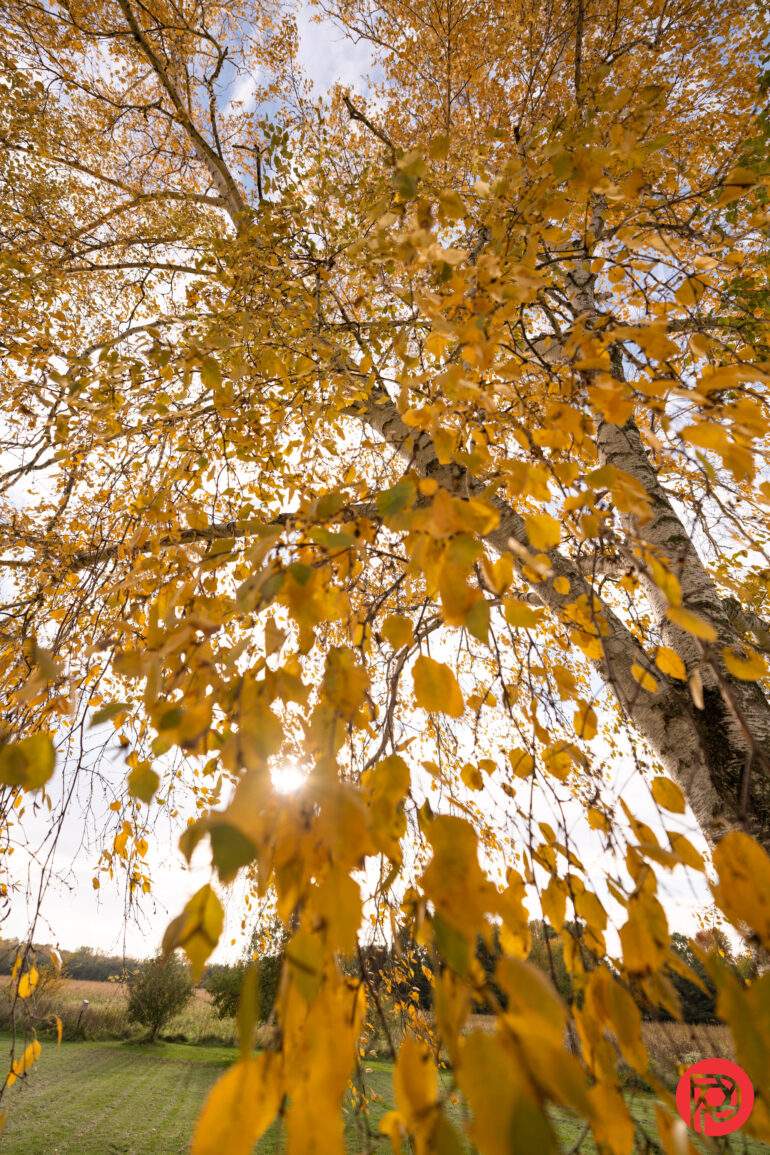
Who Should Buy It?
The Sony a7c II isn’t Sony’s most advanced camera, but it is one of the more affordable full-frame options. While the a7c II isn’t as high priced as other models, it’s a very versatile camera that can easily go from portraits to action. The images are detailed and colorful, with a decent amount of flexibility in post. There’s a lot to like here for the price point, as well as for beginners.
But, while I liked the a7c II, there are a few things that may keep some photographers from completely falling in love. The ergonomics are a bit lacking without a joystick, and there’s just a single SD card slot. While the autofocus is good, it’s not as great as Sony’s more advanced models, and subject detection struggles a bit in low light, so it’s not the best choice for sports. The flash sync speed is just 1/160, which means high-speed sync is practically a requirement for any flash paired with the camera.
Buy the Sony a7c II if you want a classic-looking camera with technically great images on a budget, but don’t need 50-megapixel magic or super fast autofocus or flash sync speeds. If you have a larger budget, you may want to keep searching for a camera with a joystick, dual card slots, and faster performance.
Tech Specs
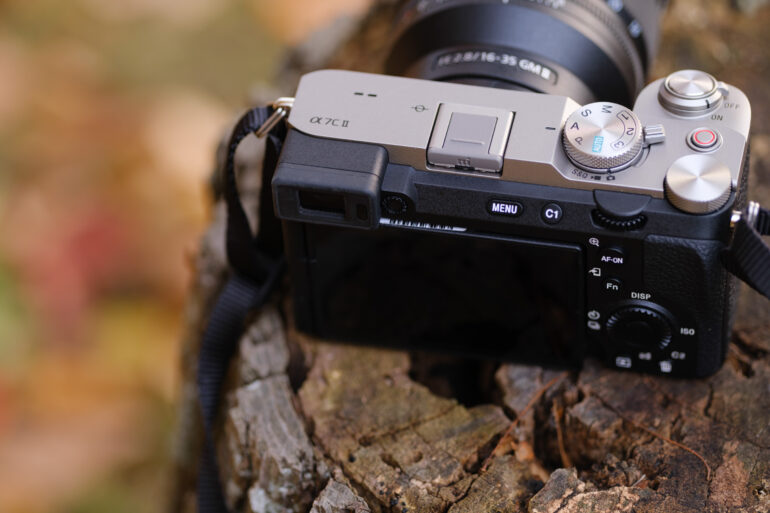
LensRentals lists the following tech specs for the Sony a7C II:
- Brand: Sony
- Camera Type: Mirrorless
- Environmental Operating Temperature: 32 to 104°F / 0 to 40°C
- Exposure Control Shutter Type: Electronic Shutter, Mechanical Focal Plane Shutter
- Shutter Speed – Mechanical Shutter: 1/4000 to 30 Seconds
- Shutter Speed – Electronic Shutter: 1/8000 to 30 Seconds, 1/8000 to 1 Second in Movie Mode
- Bulb/Time Mode: Bulb Mode
- ISO Sensitivity – Photo 100 to 51,200 in Manual Mode (Extended: 50 to 204,800); 100 to 12,800 in Auto Mode
- ISO Sensitivity – Video: 100 to 51,200 in Manual Mode (Extended: 50 to 102,400); 100 to 12,800 in Auto Mode
- Exposure Modes: Aperture Priority, Auto, Manual, Program, Shutter Priority
- Exposure Compensation: -5 to +5 EV (1/3, 1/2 EV Steps)
- Metering Range: -3 to 20 EV
- White Balance: 2500 to 9900K
- White-Balance Presets: AWB, Cloudy, Daylight, Flash, Fluorescent, Manual, Overcast, Shade, Tungsten
- Continuous Shooting: Up to 10 fps for up to 44 Frames (RAW) / 1000 Frames (JPEG)
- Flash: Built-In Flash/Light No
- Maximum Sync Speed: 1/160 Second
- Flash Compensation: -3 to +3 EV (1/3, 1/2 EV Steps)
- Dedicated Flash System: TTL
- External Flash Connection: Shoe Mount
- Focus Type: Auto and Manual Focus
- Focus Mode: Continuous-Servo AF, Manual Focus, Single-Servo AF
- Autofocus Points – Photo: Contrast Detection, Phase Detection: 759
- Autofocus Points – Video: Phase Detection: 627
- Autofocus Sensitivity: -4 to +20 EV
- Battery Type: 1x NP-FZ100 Rechargeable Lithium-Ion (Approx. 530 Shots)
- Shoe Mount: 1x Intelligent Hot Shoe
- Tripod Mounting Thread: 1x 1/4″-20 Female (Bottom)
- Material of Construction: Magnesium Alloy
- Dimensions (W x H x D): 4.9 × 2.8 × 2.5″ / 124 × 71.1 × 63.4mm
- Weight: 1.1 lb. / 514 g (With Battery, Recording Media), 15.1 oz / 429 g (Body Only)
- Imaging Sensor Resolution: Actual: 34.1 Megapixel; Effective: 33 Megapixel
- Image Sensor: 35.9 × 23.9mm (Full-Frame) CMOS
- Image Stabilization: Sensor-Shift, 5-Axis
- Built-In ND Filter: None
- Capture Type: Stills & Video
- Interface Media/Memory Card Slot: Single Slot: SD/SDHC/SDXC (UHS-II)
- Video I/O: 1x Micro-HDMI (Unspecified Signal) Output
- Audio I/O: 1x 1/8″ / 3.5mm TRS Stereo Microphone Input on Camera Body, 1x 1/8″ / 3.5mm TRS Stereo Headphone Output on Camera Body
- Power I/O: 1x USB-C Input/Output
- Other I/O: 1x USB-C Data Input/Output (Shared with Power Input)
- Wireless: 2.4 / 5 GHz Wi-Fi 5 (802.11ac), Bluetooth 4.2
- Mobile App Compatible: Android & iOS
- App Name: Creators’ App
- Functionality: Access Stored Files, Adjust Settings, Remote Control. As of August, 2023: Check with manufacturer for the most up-to-date compatibility
- Global Positioning (GPS, GLONASS, etc.): GPS via Connected Smartphone
- Item Type: Camera
- Mfr. Model Number: ILCE-7CM2/B
- Monitor: 3.0,” 1,036,800 Dot, Tilting Touchscreen LCD
- Mount: Sony E
- Sensor Size: Full Frame
- Still Image Capture Image Sizes – 3:2
- 33 MP (7008 × 4672)
- 14 MP (4608 × 3072)
- 8.2 MP (3504 × 2336)
- Aspect Ratio: 3:2
- Image File Format: HEIF, JPEG, RAW
- Bit Depth: 14-Bit
- Viewfinder Type: Built-In Electronic (OLED)
- Viewfinder Size: 0.39”
- Viewfinder Resolution: 2,359,296 Dot
- Eye Point: 22mm
- Magnification: Approx. 0.7x
- Diopter Adjustment: -4 to +3
The Phoblographer may receive affiliate compensation for products purchased using links in this blog post.
